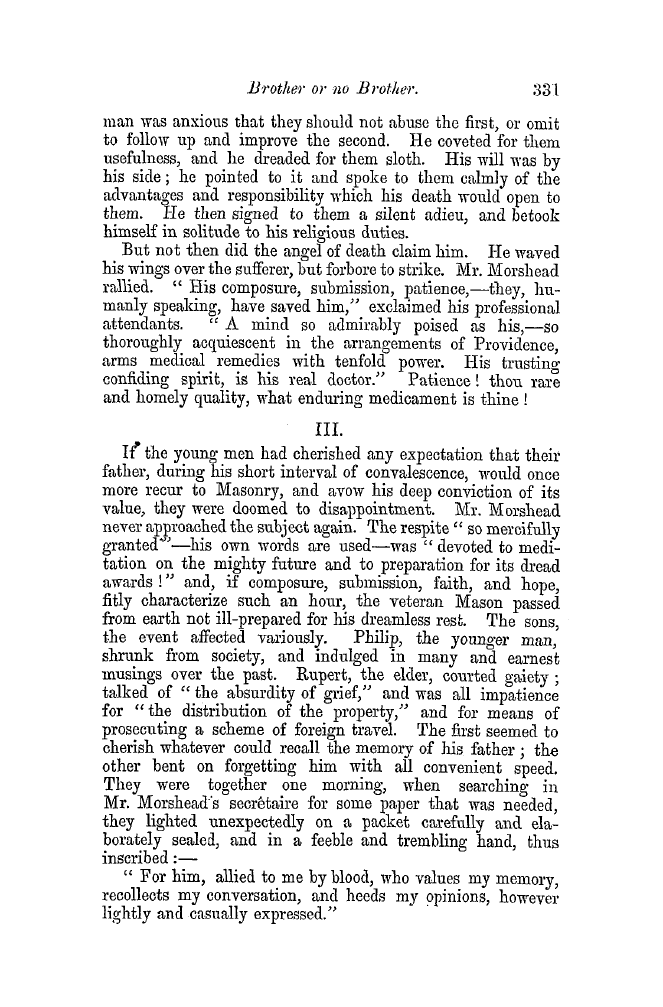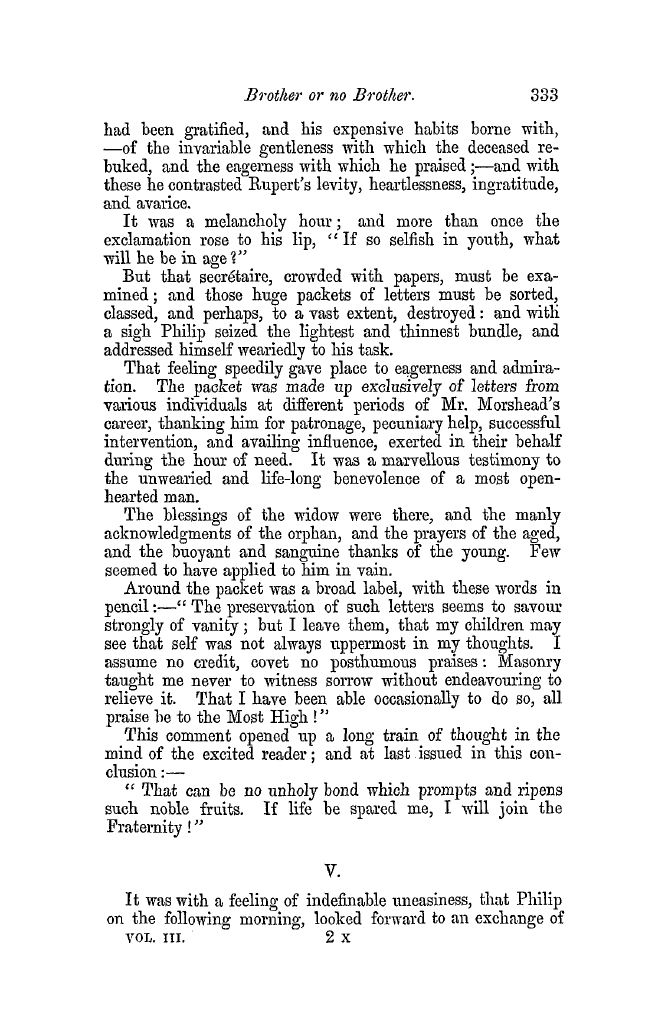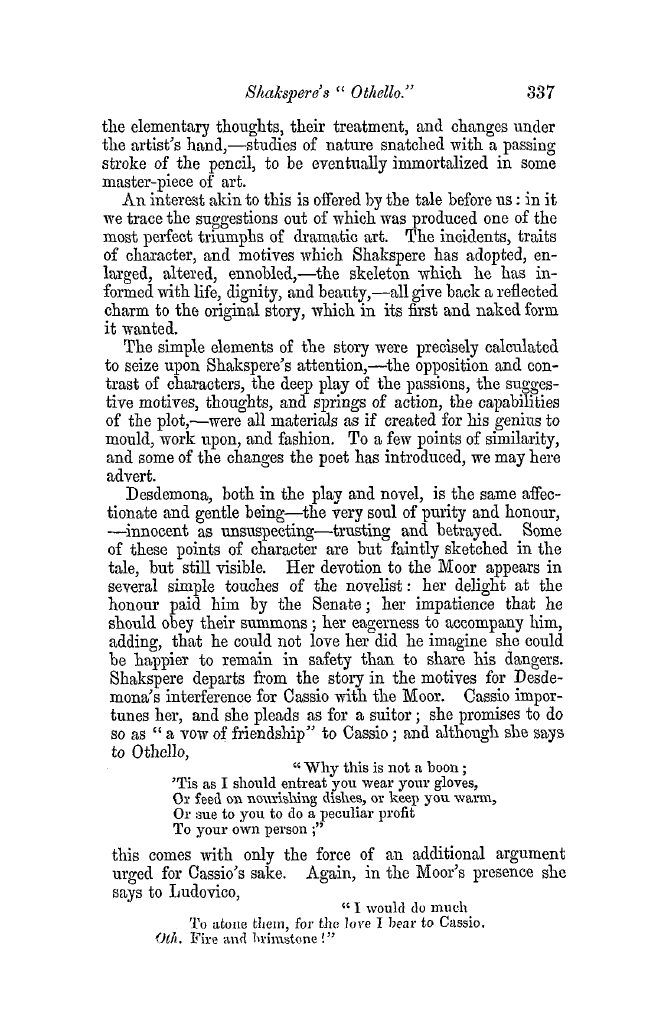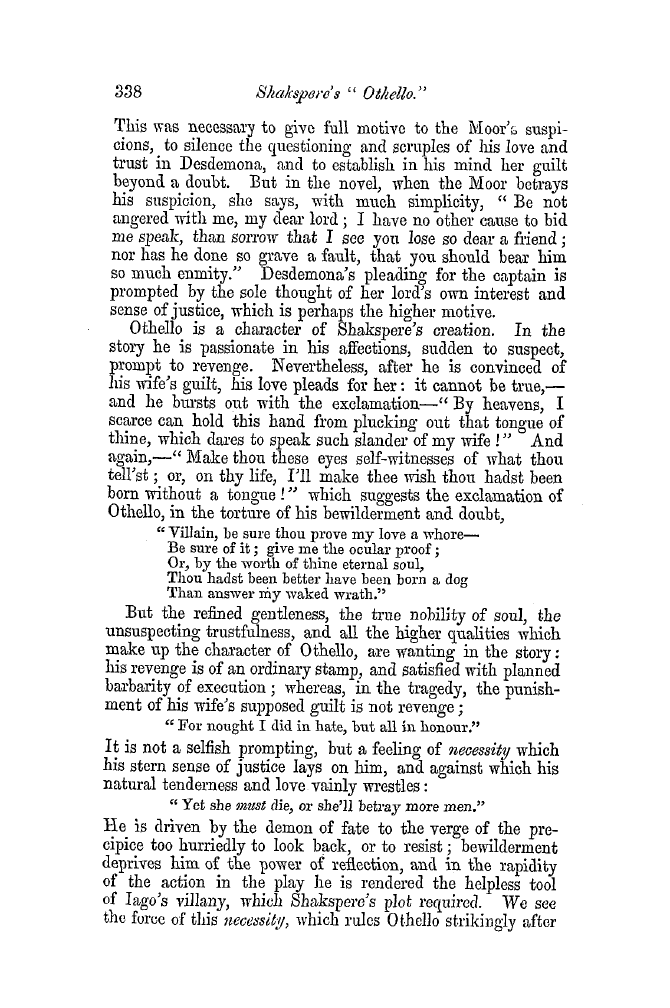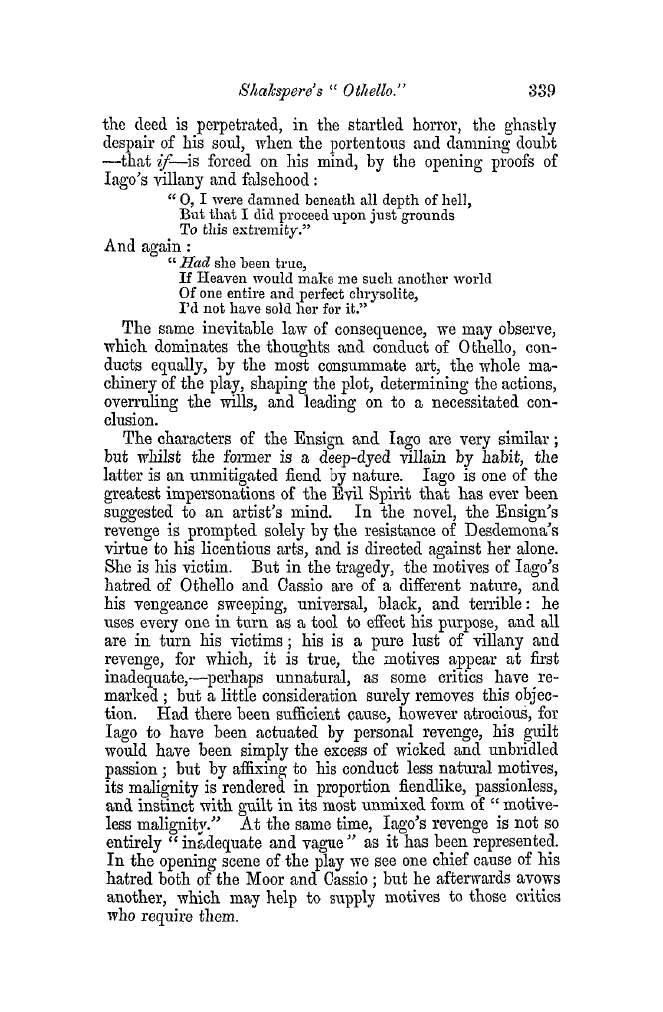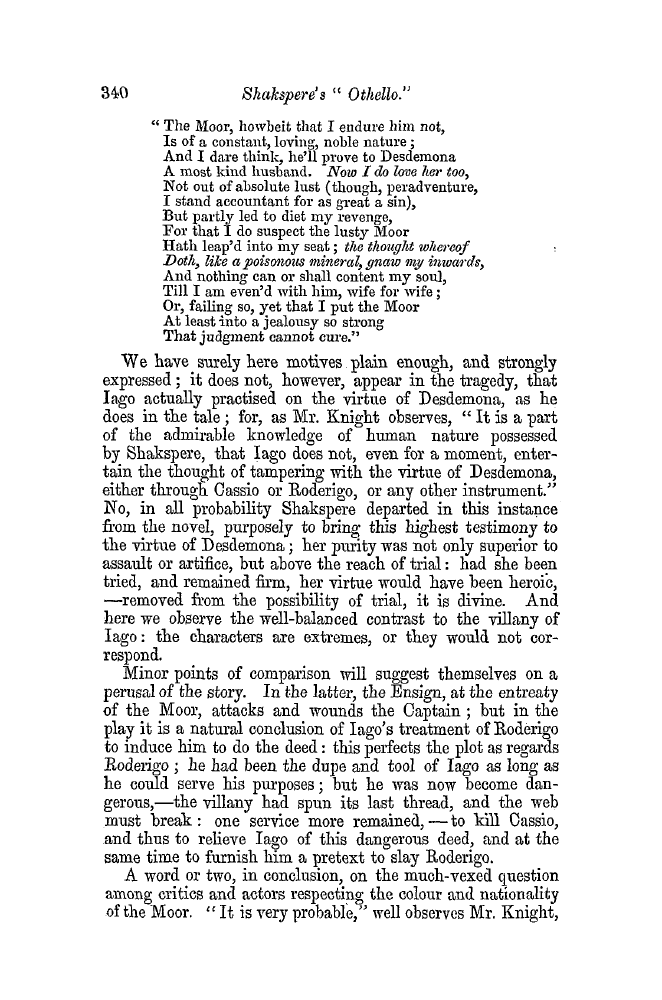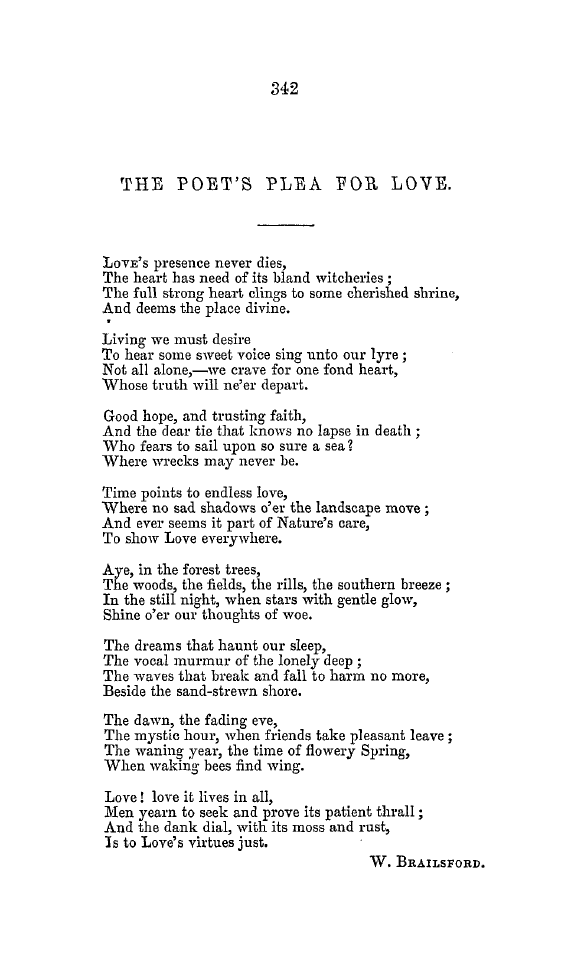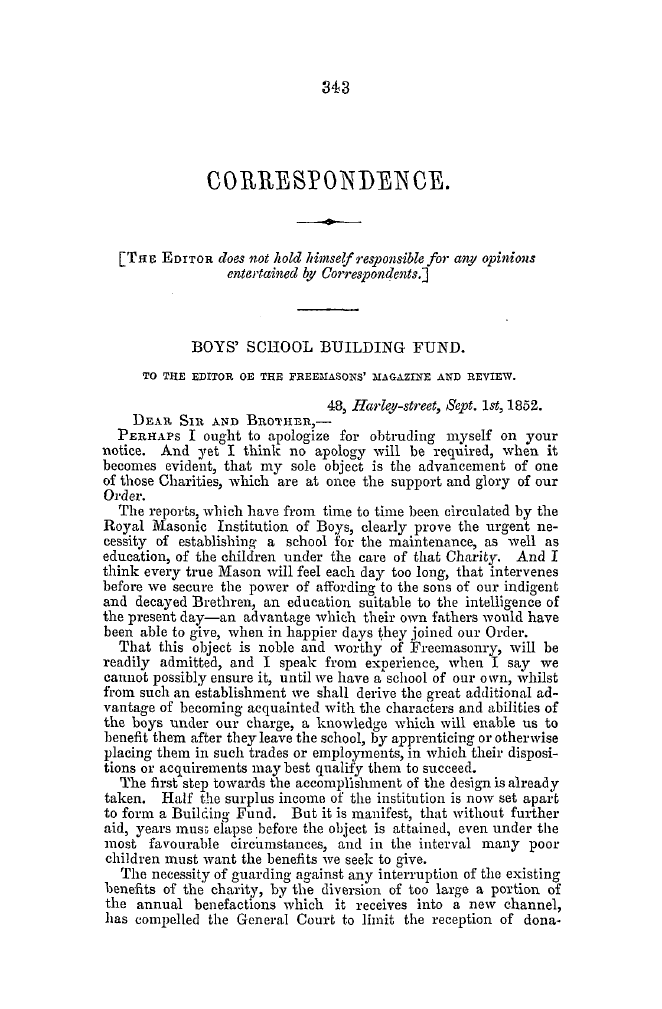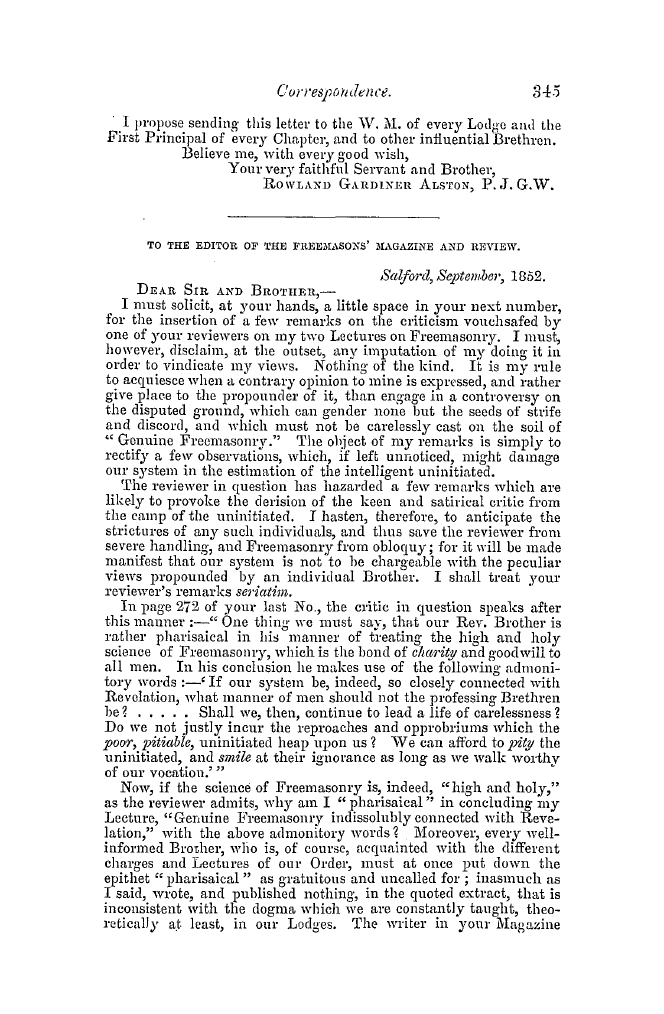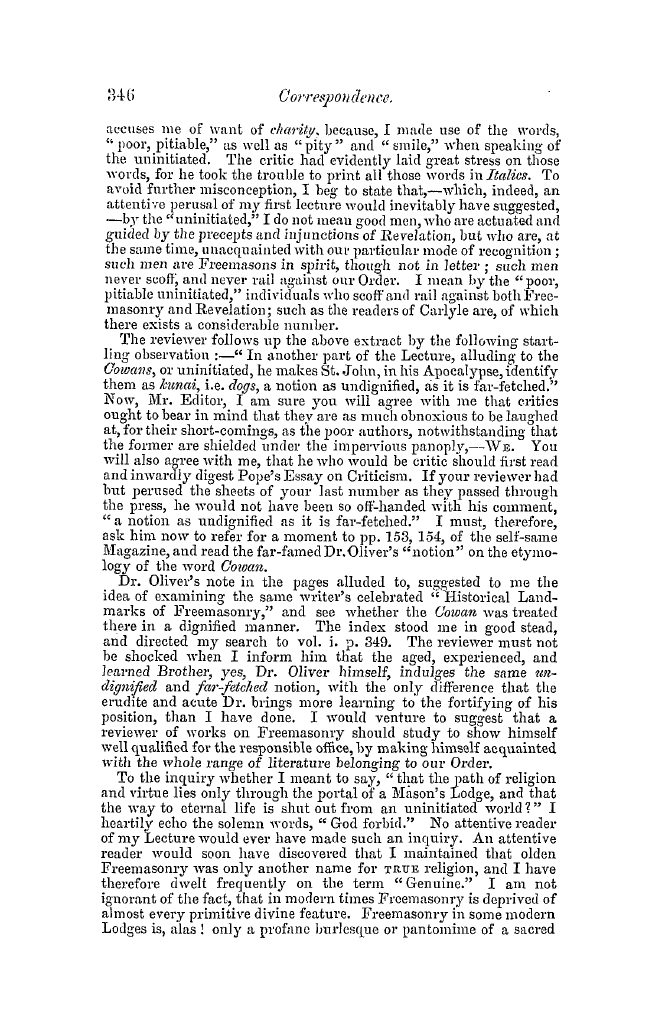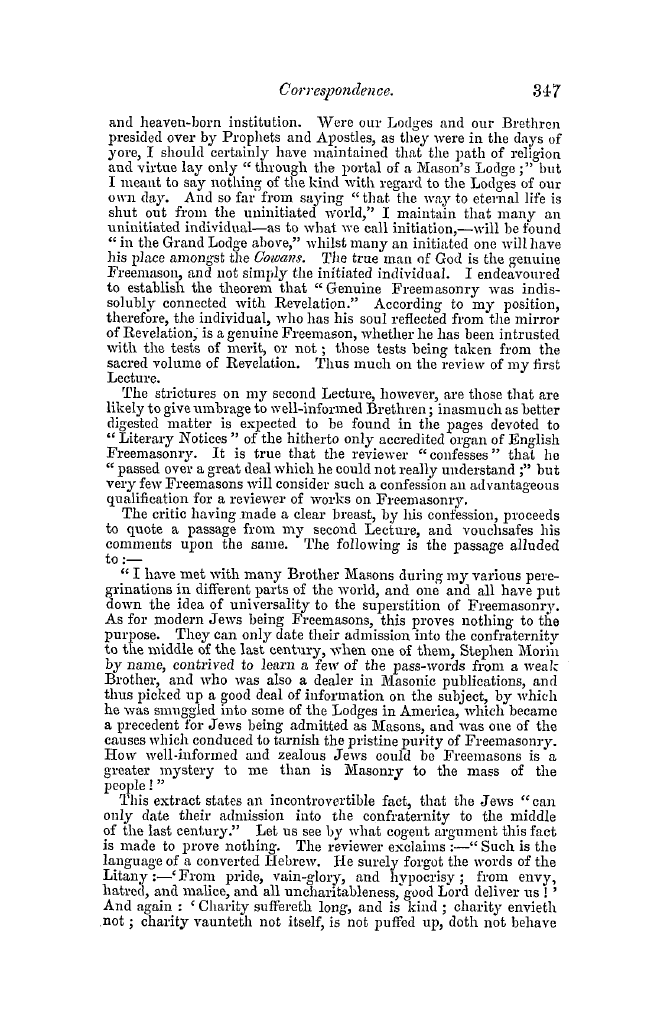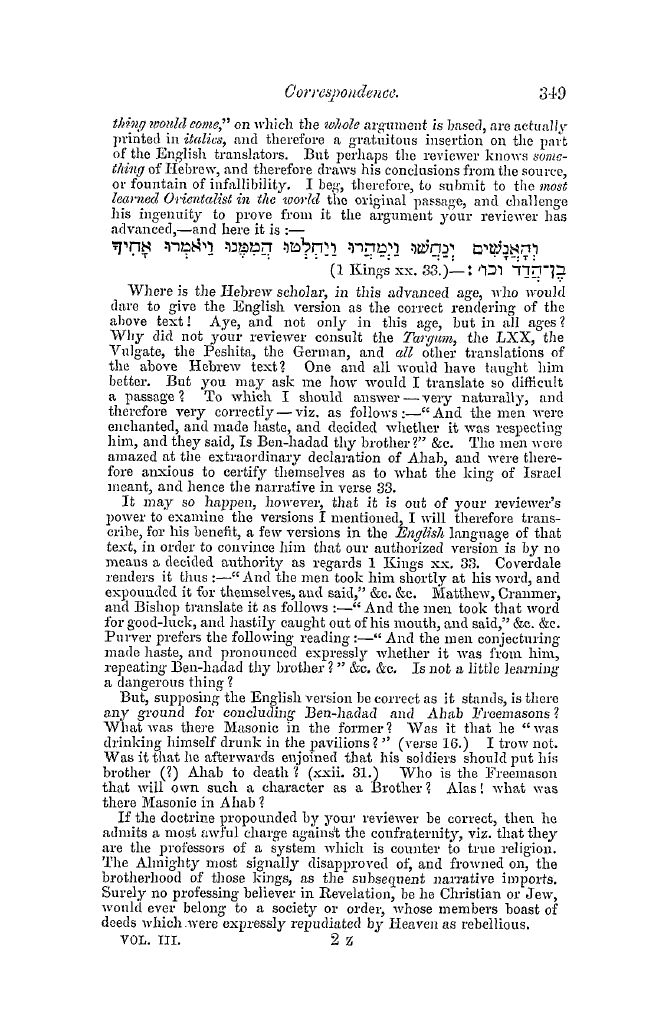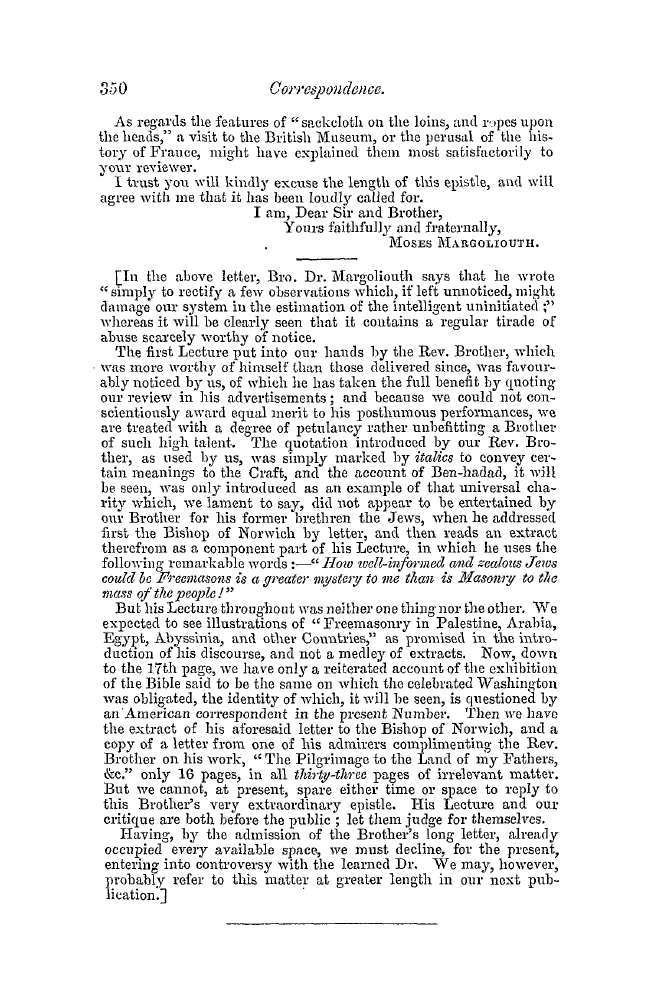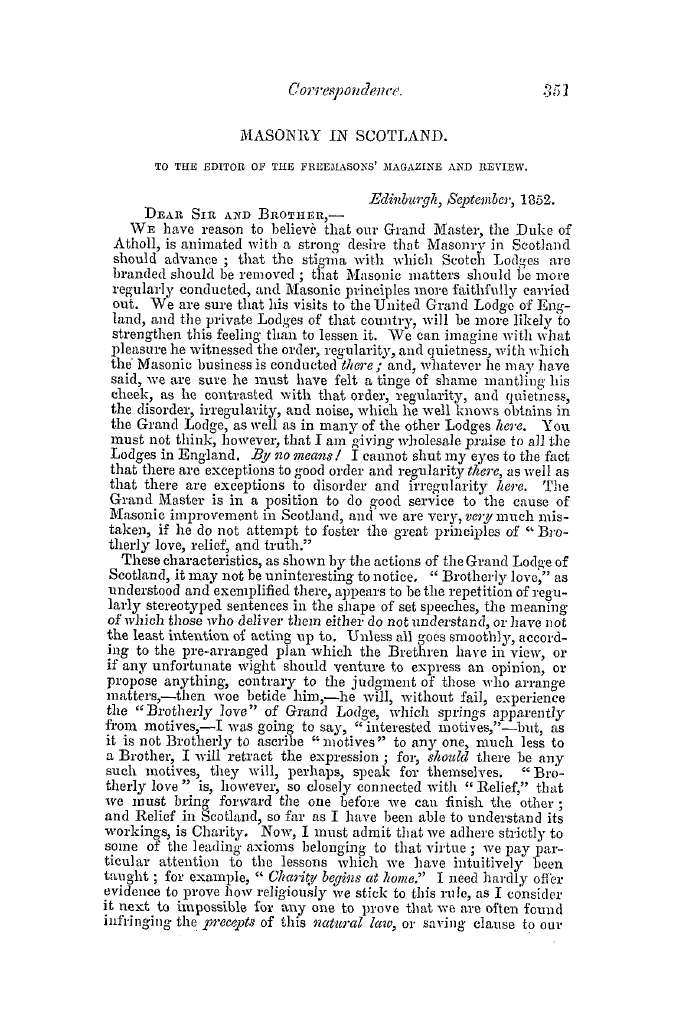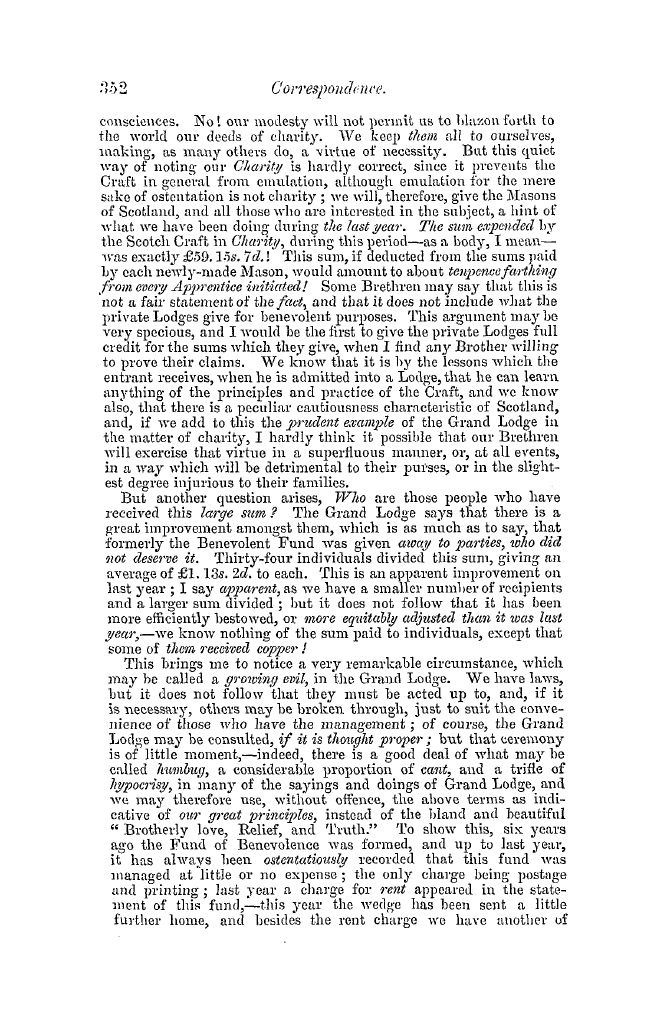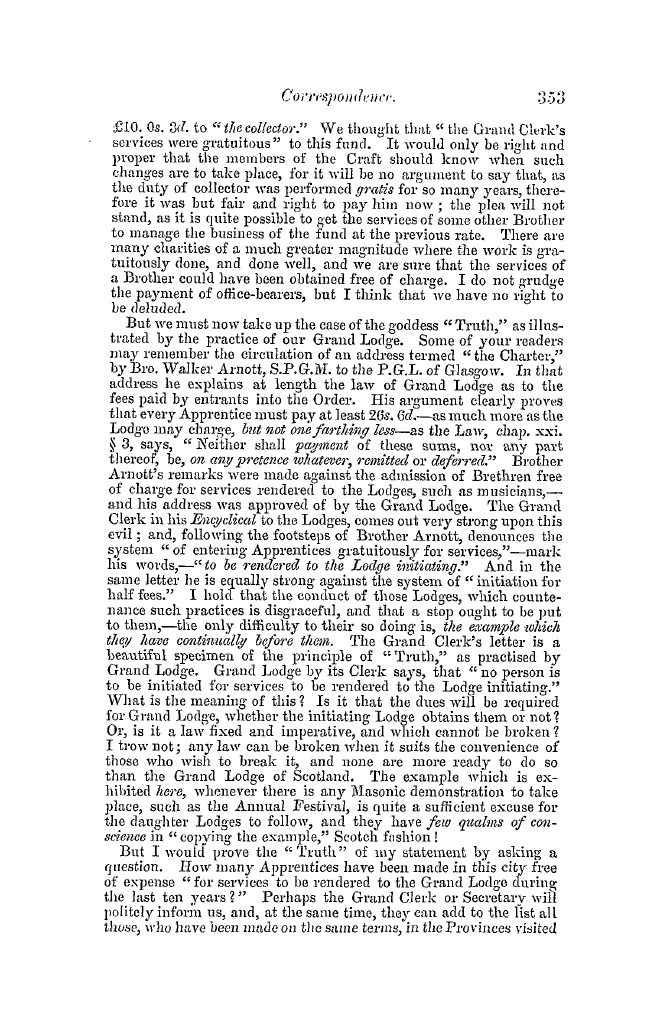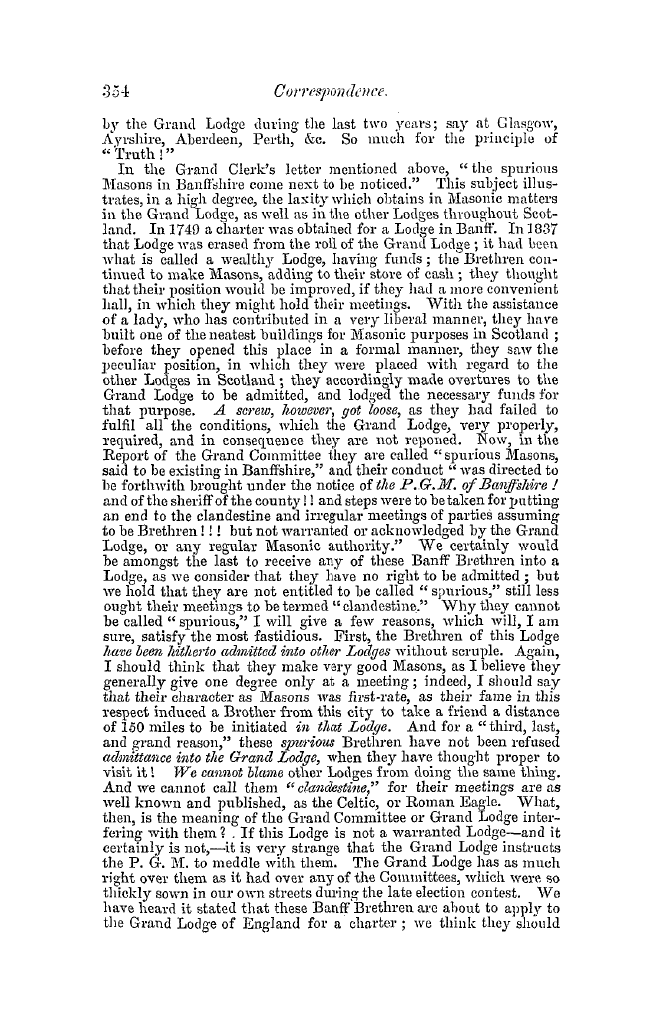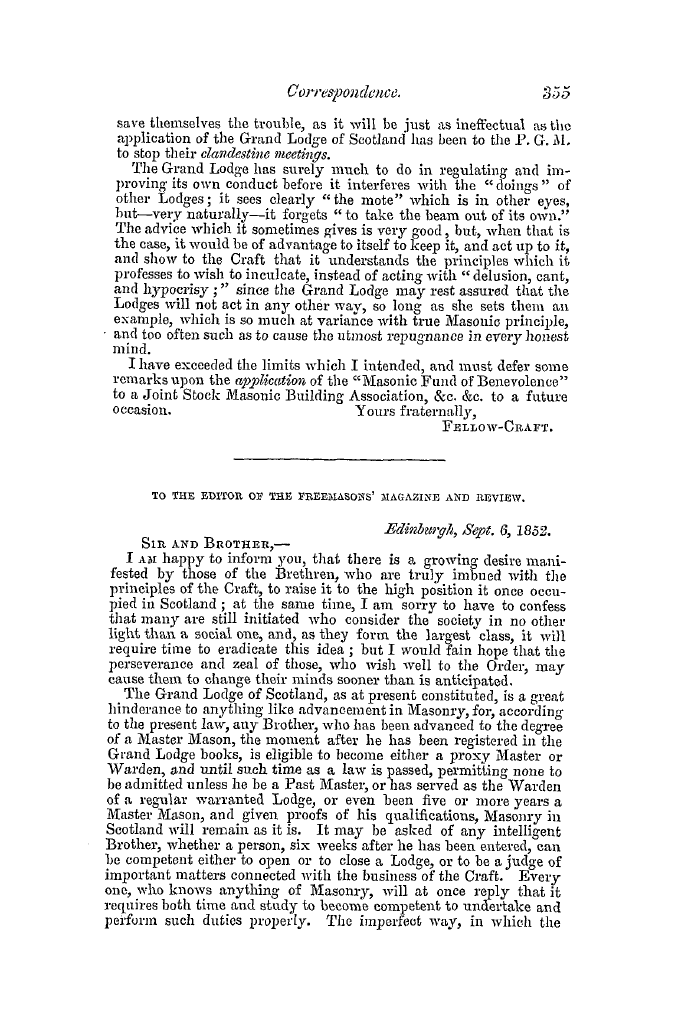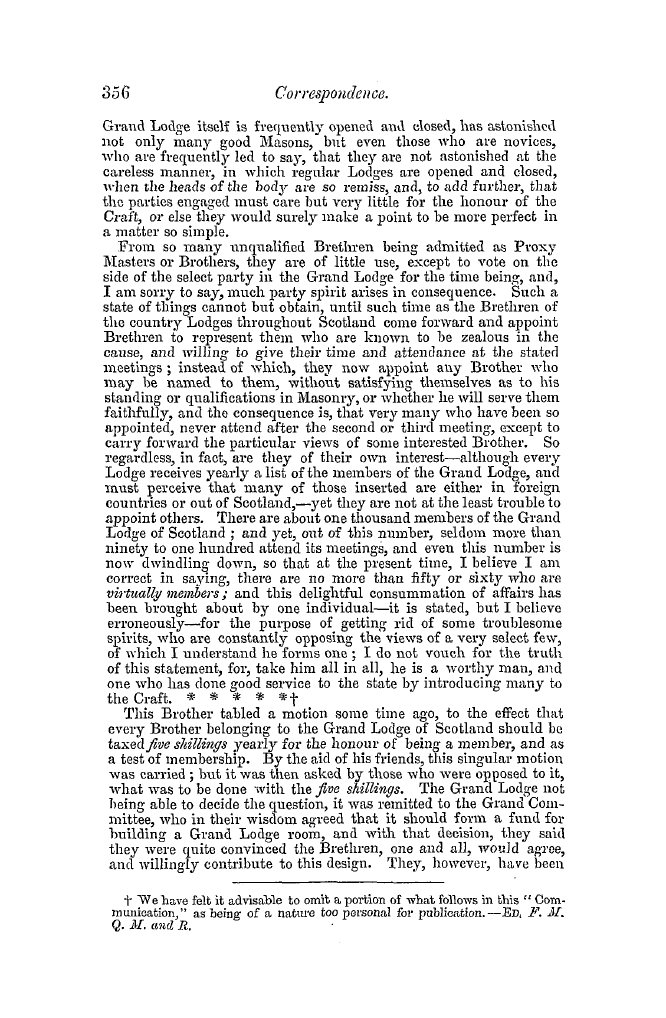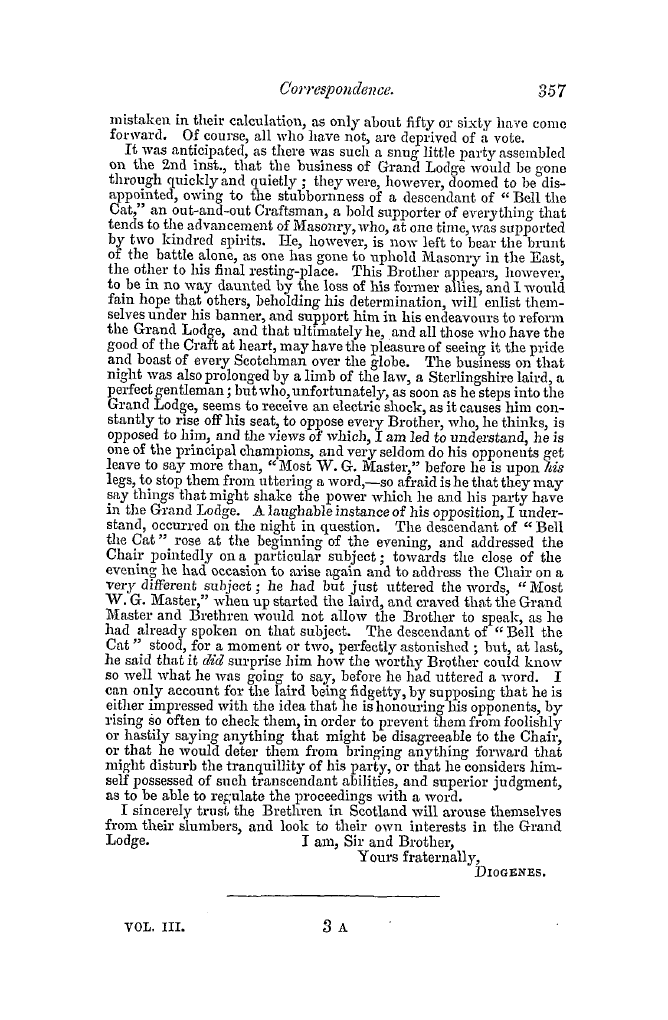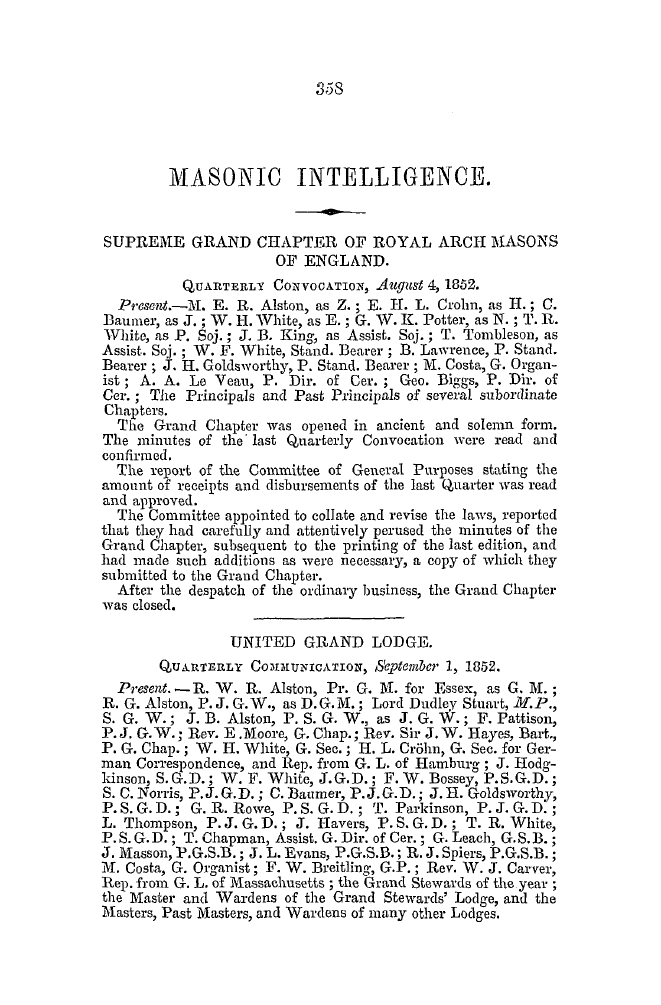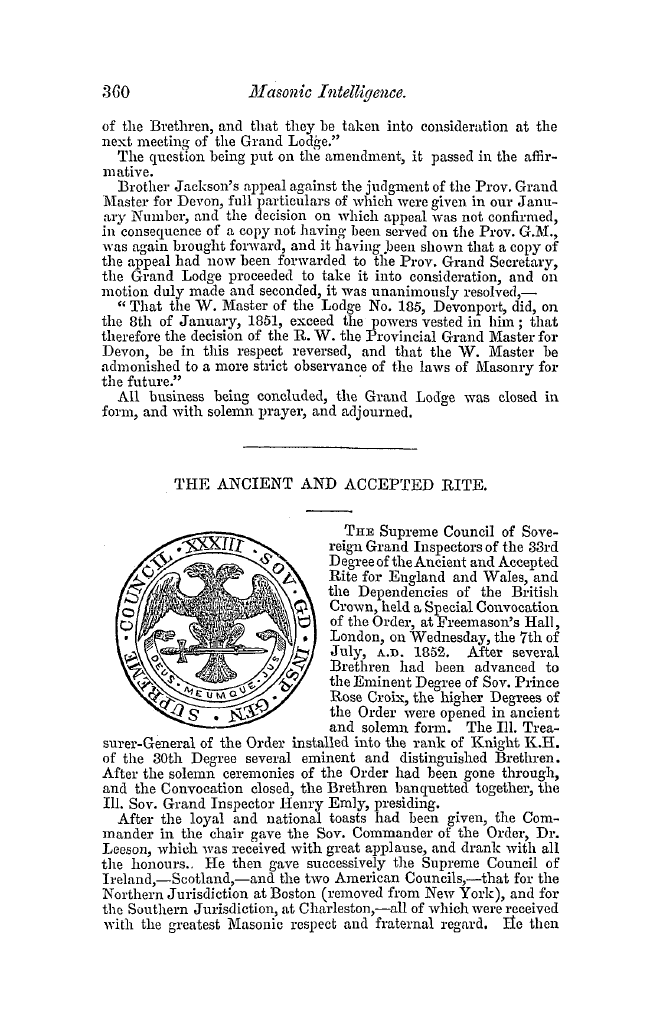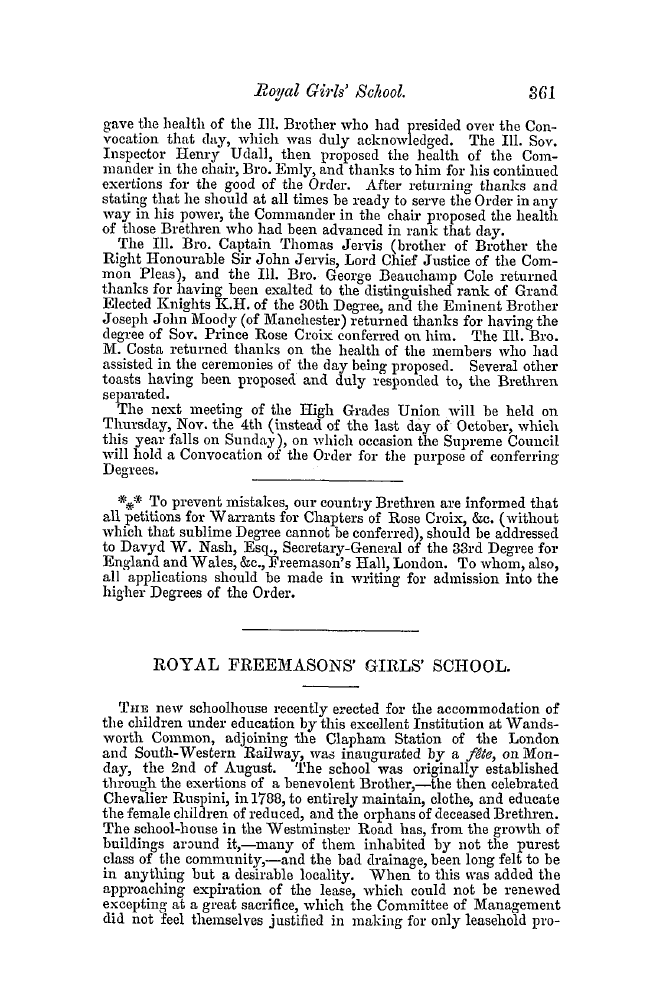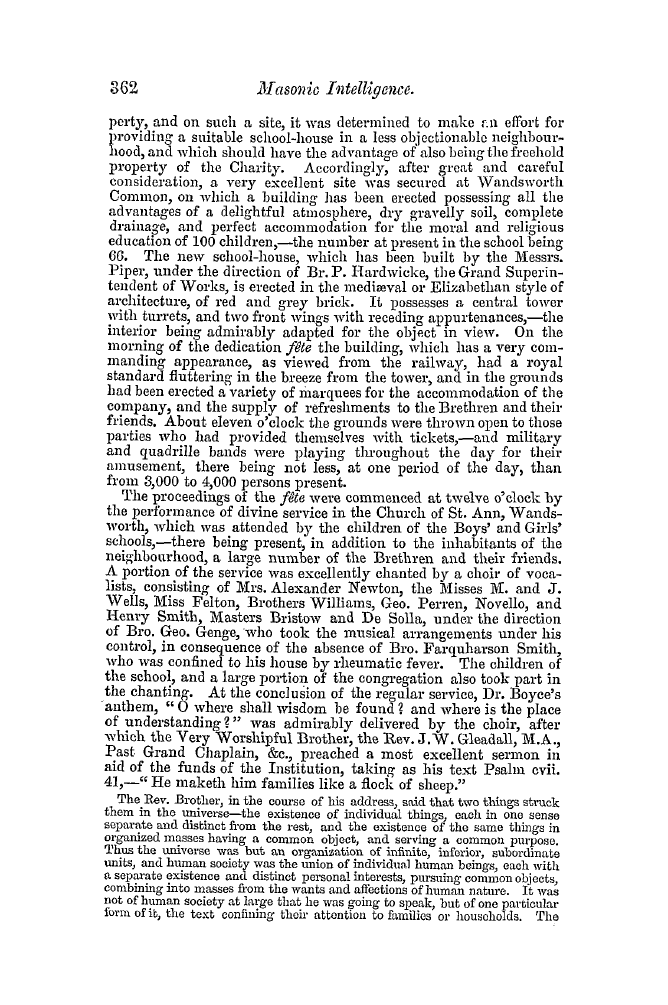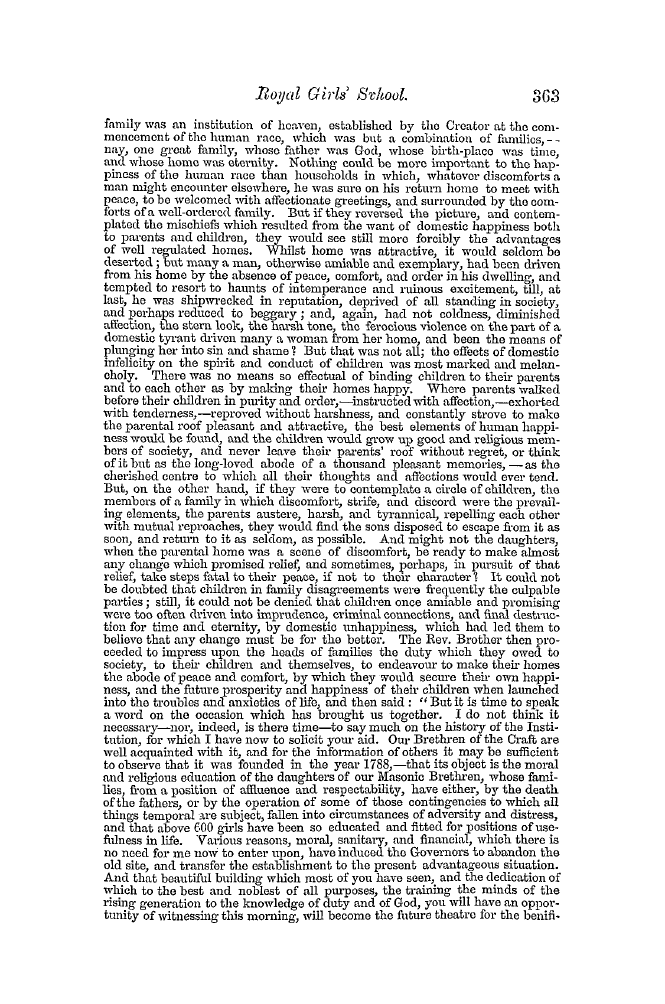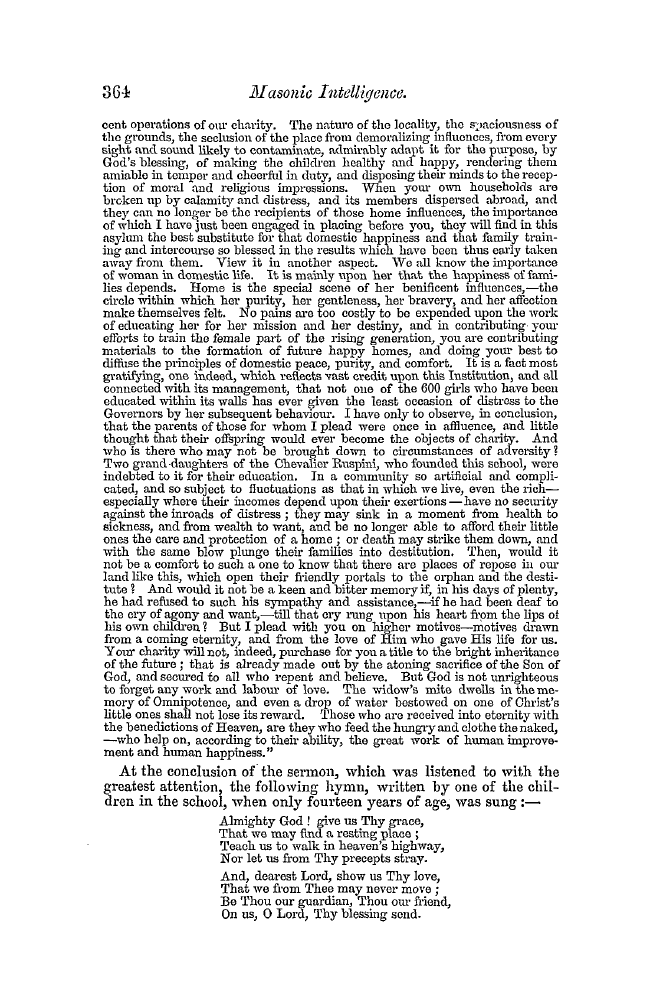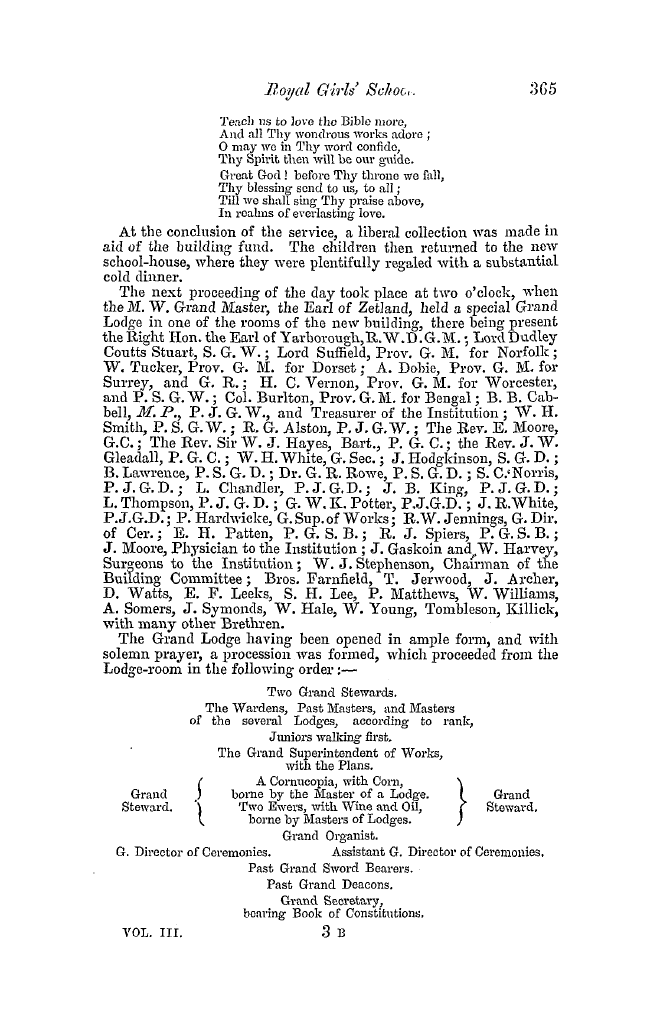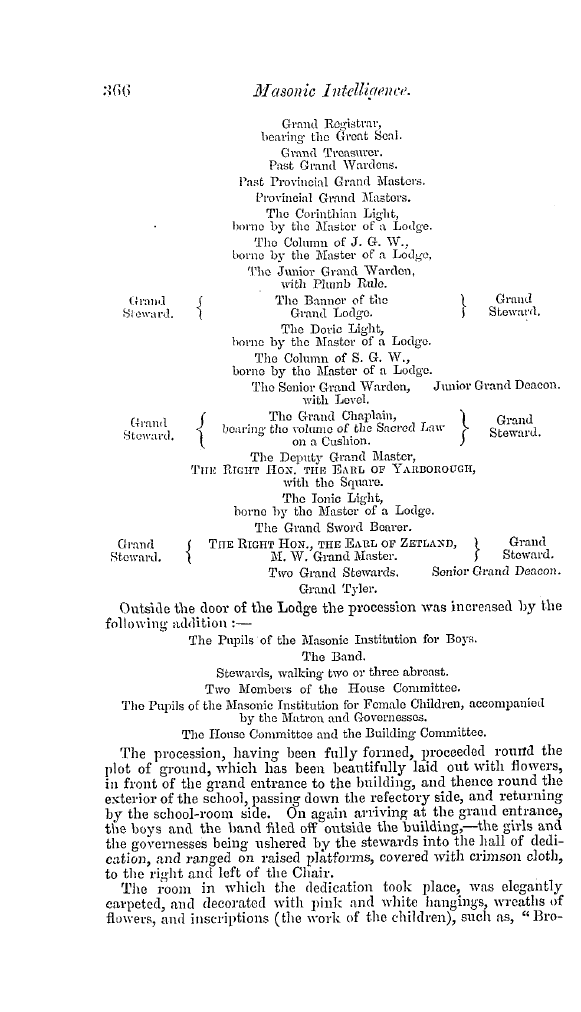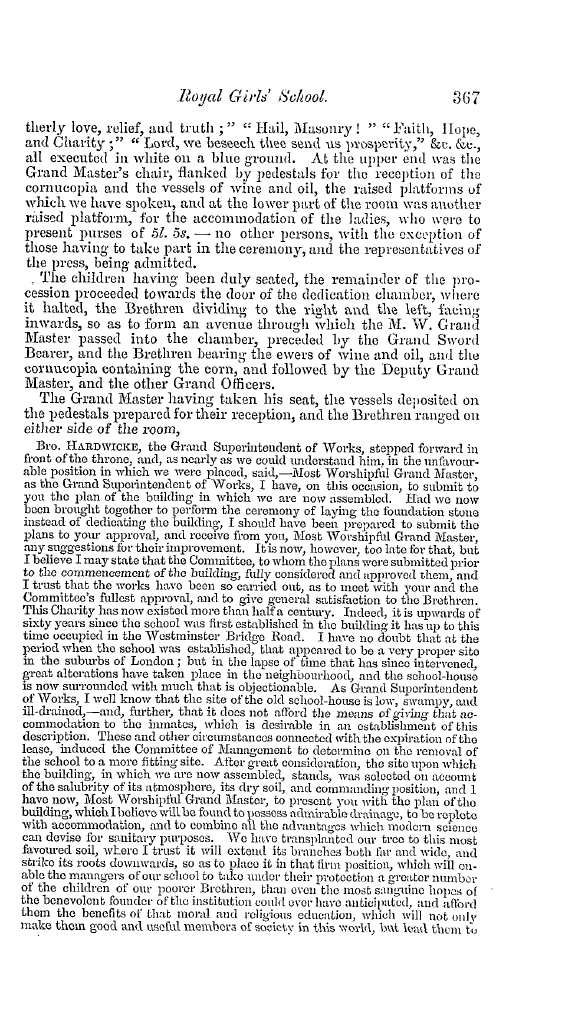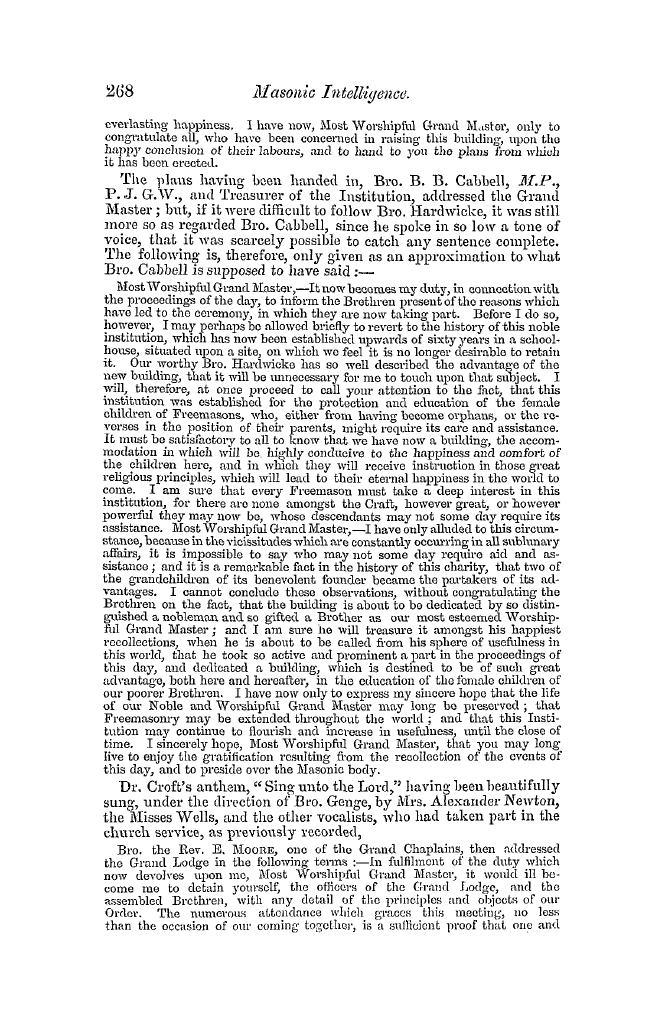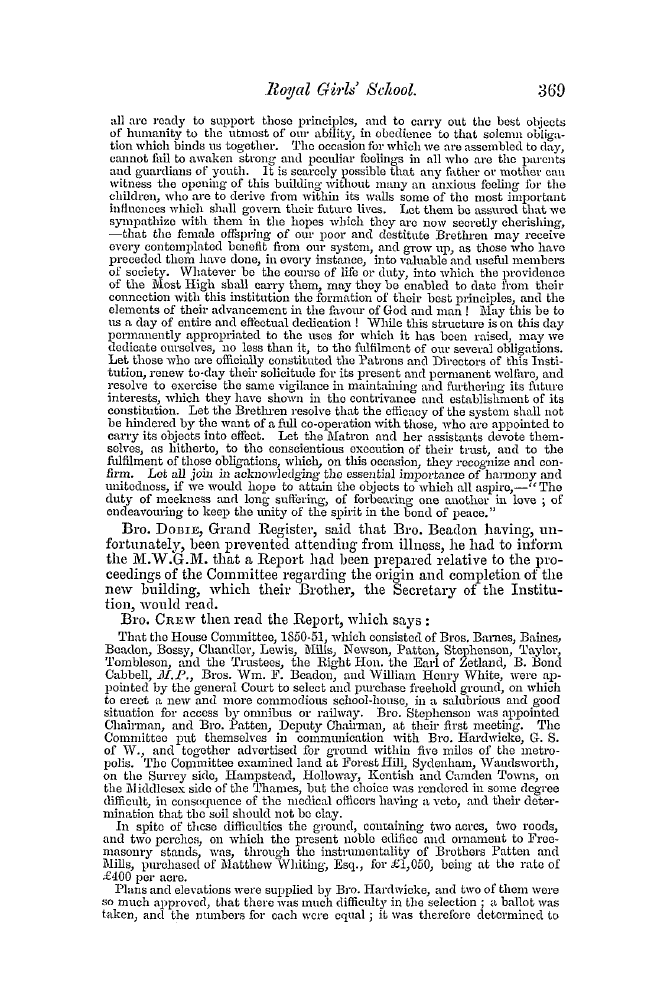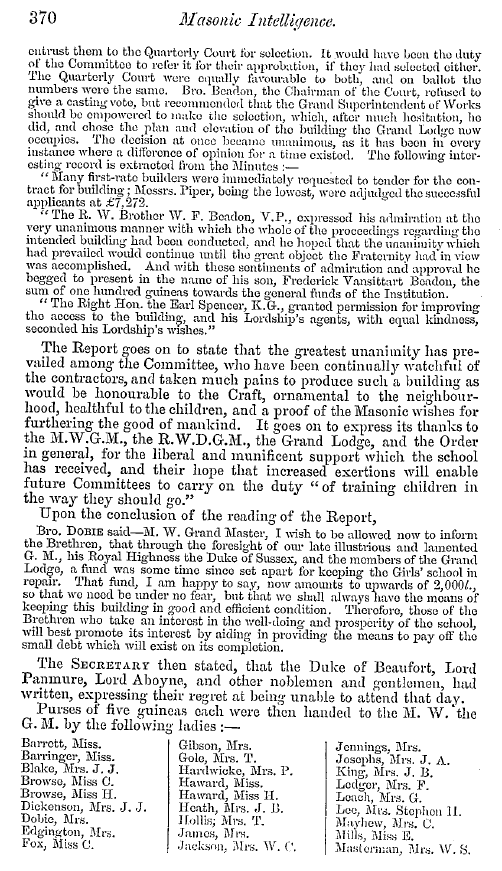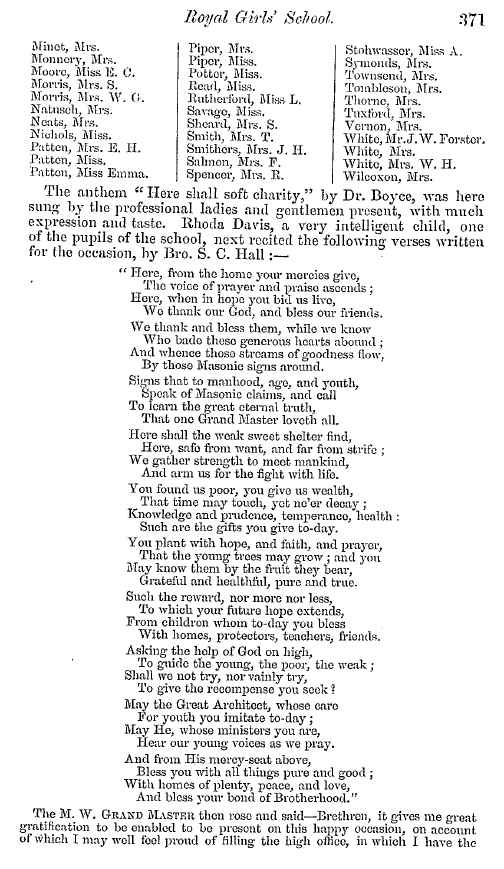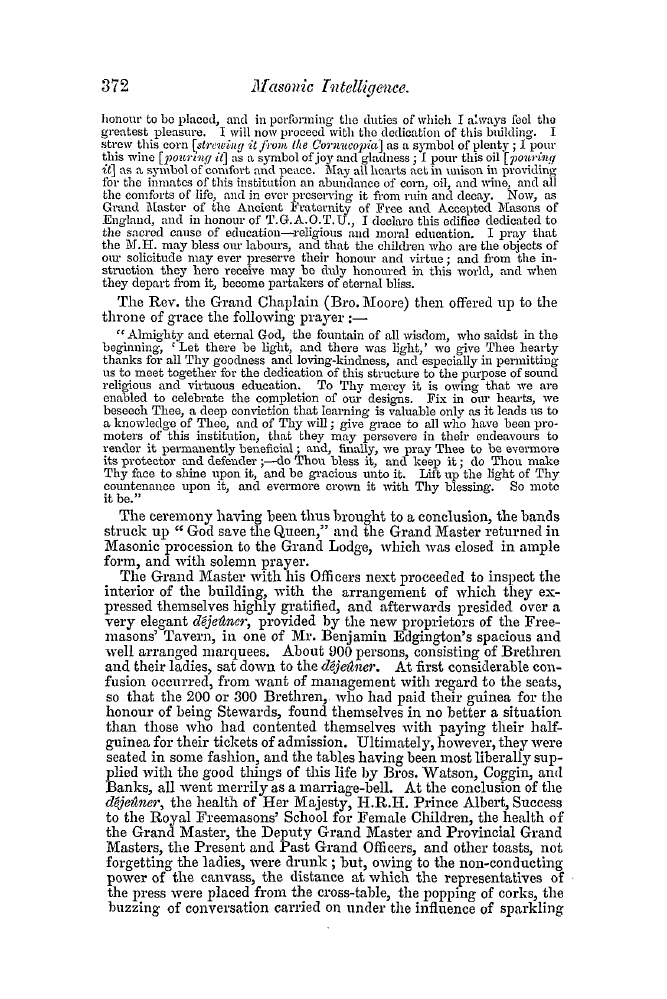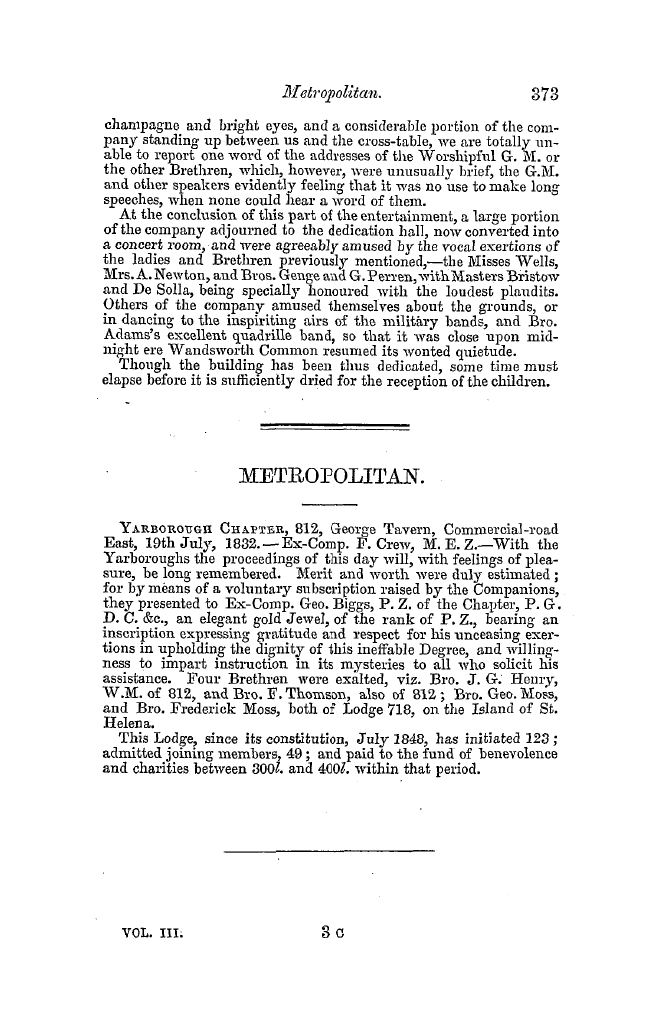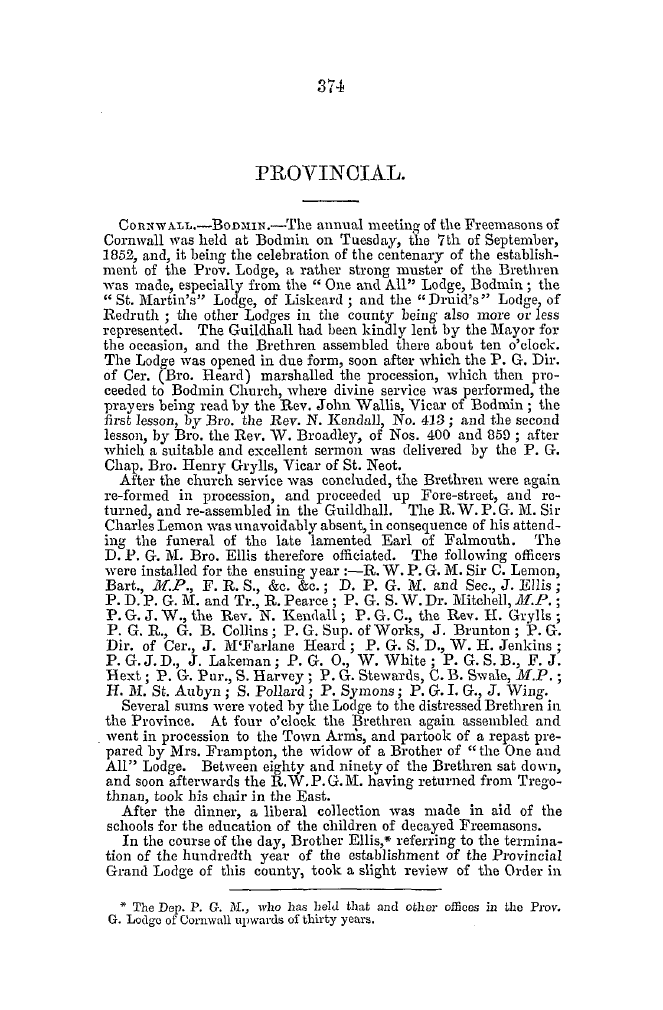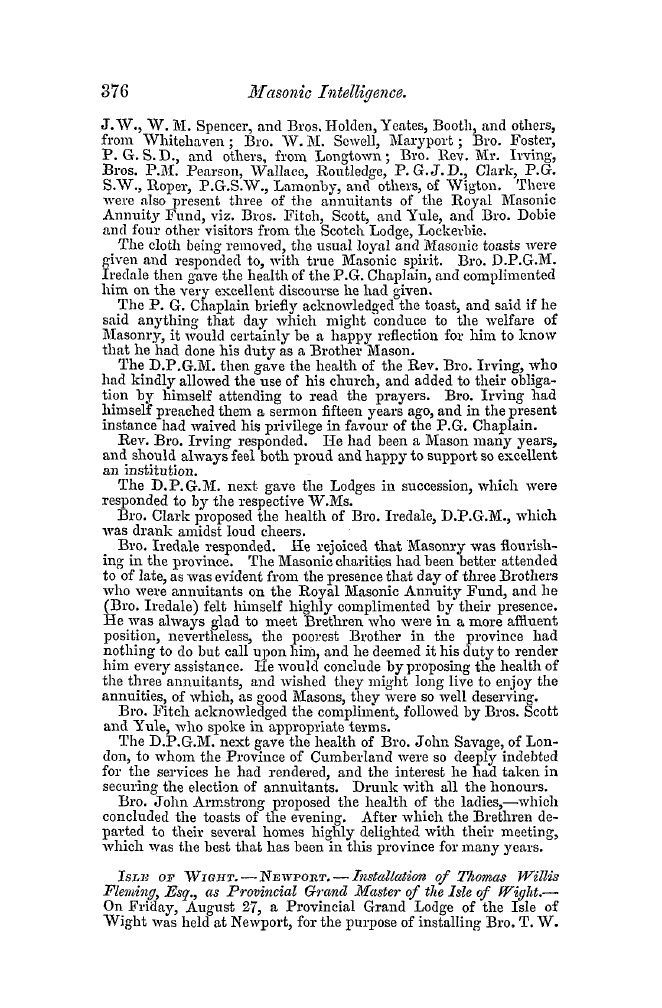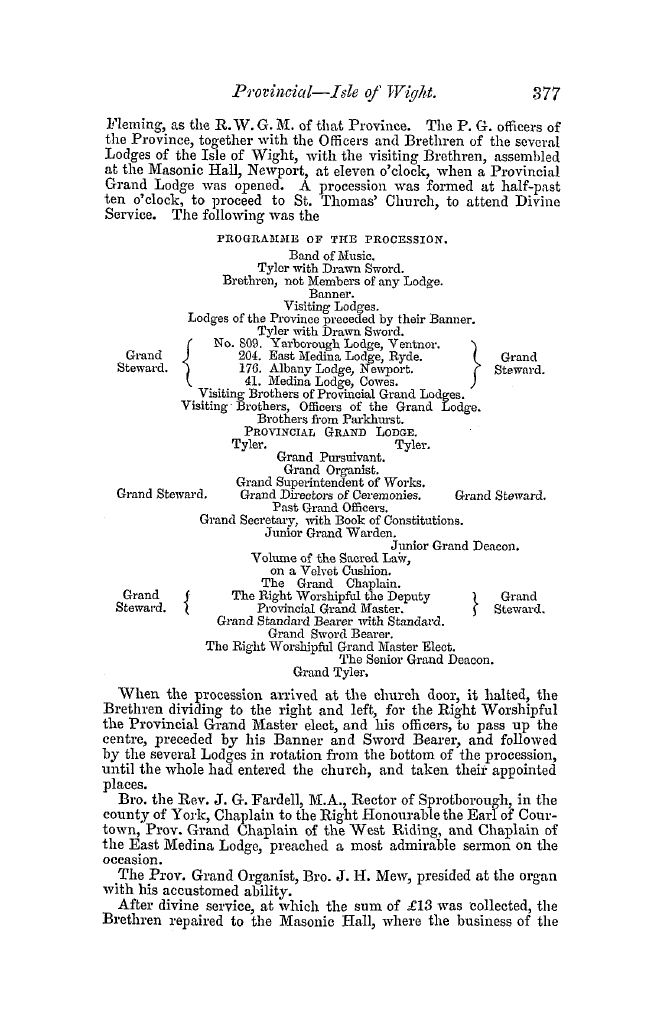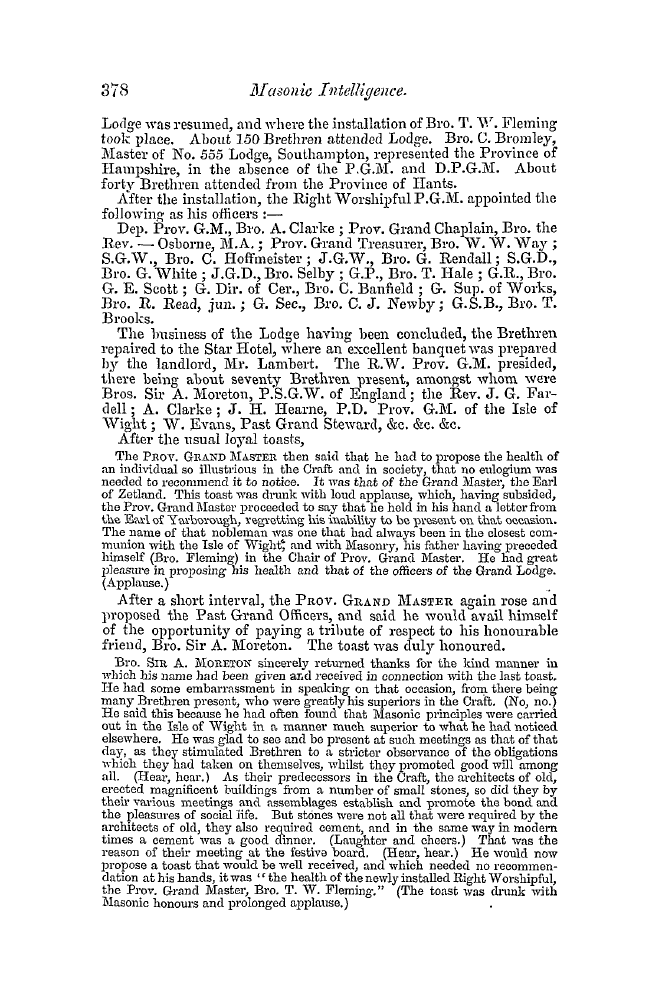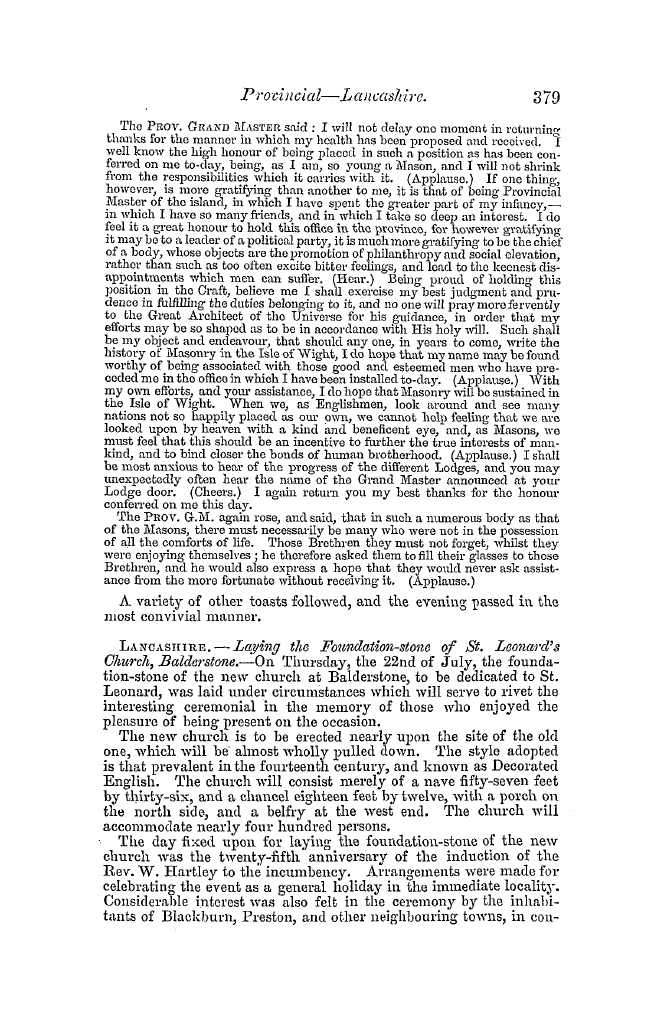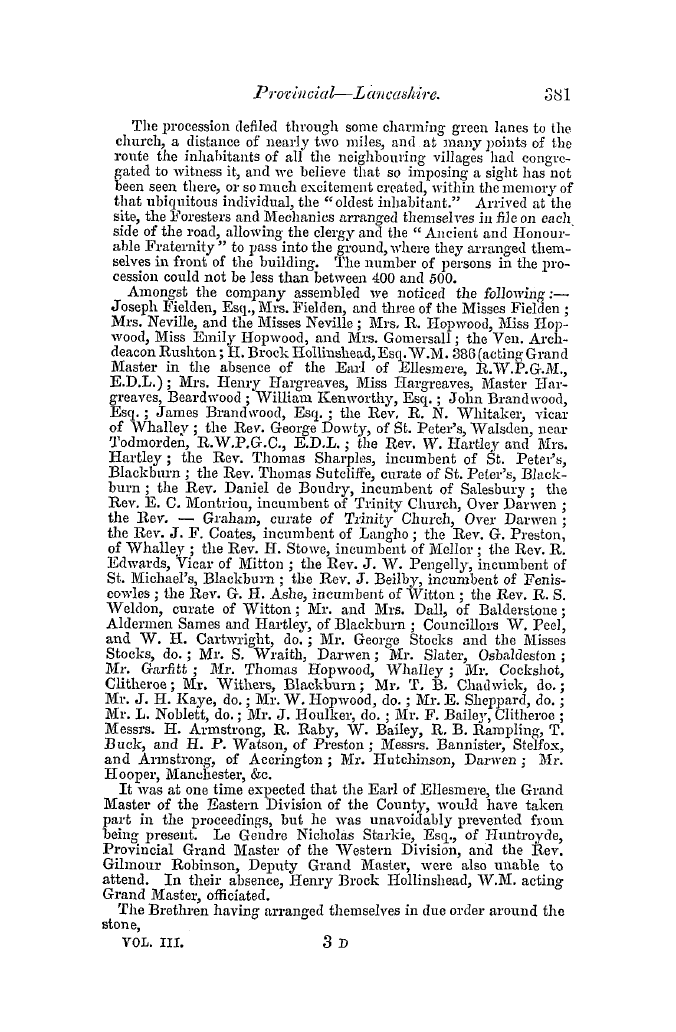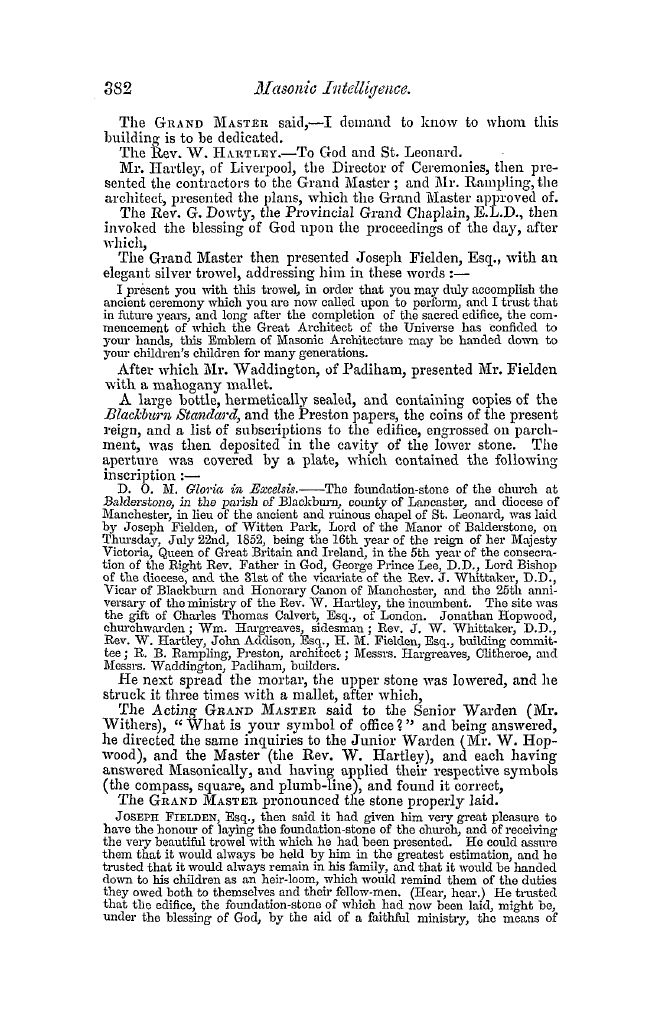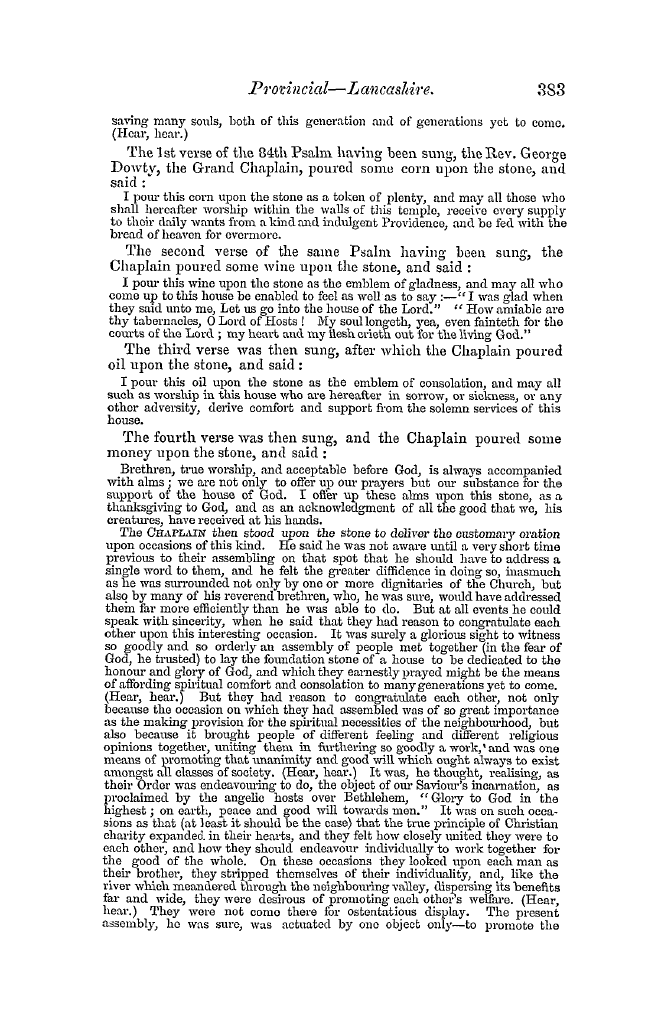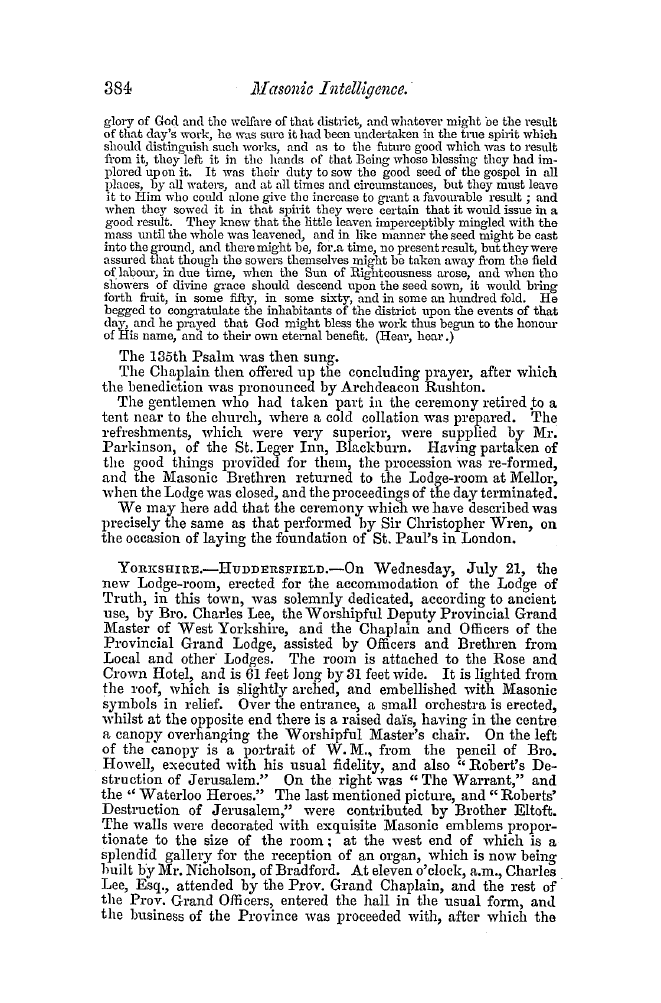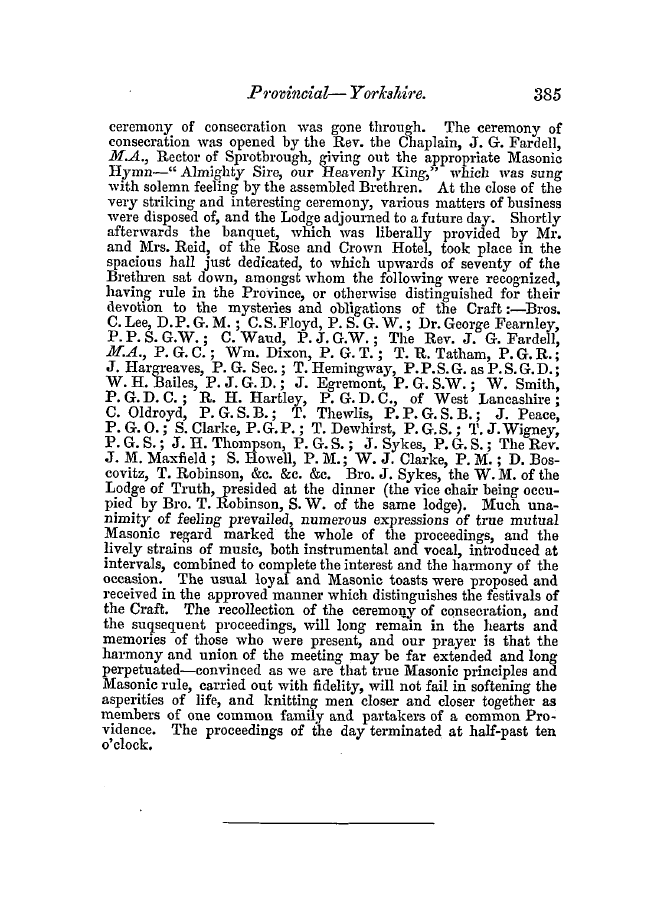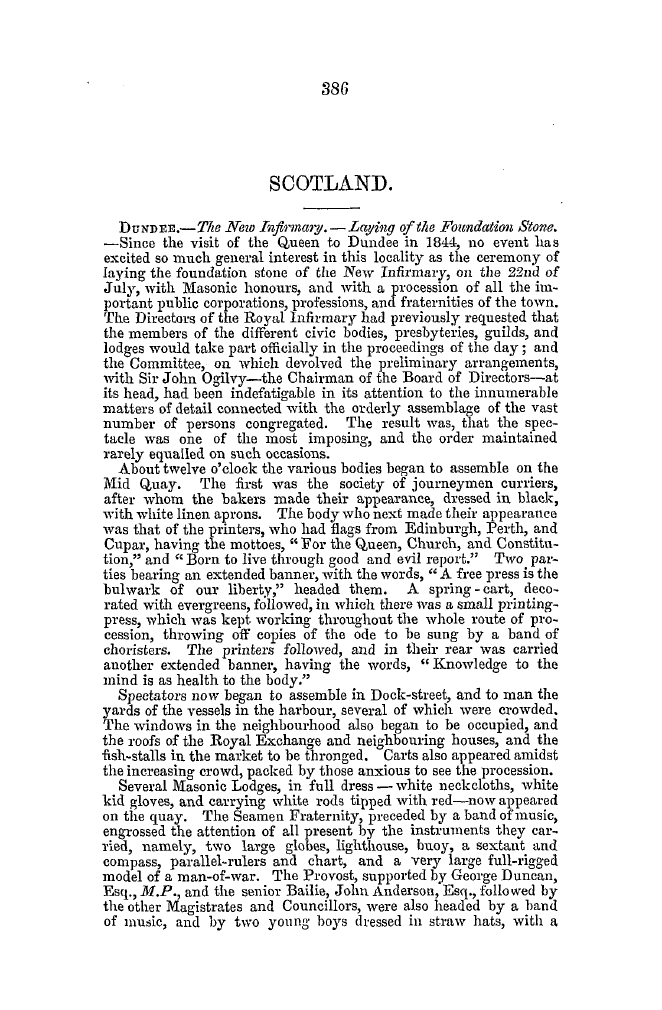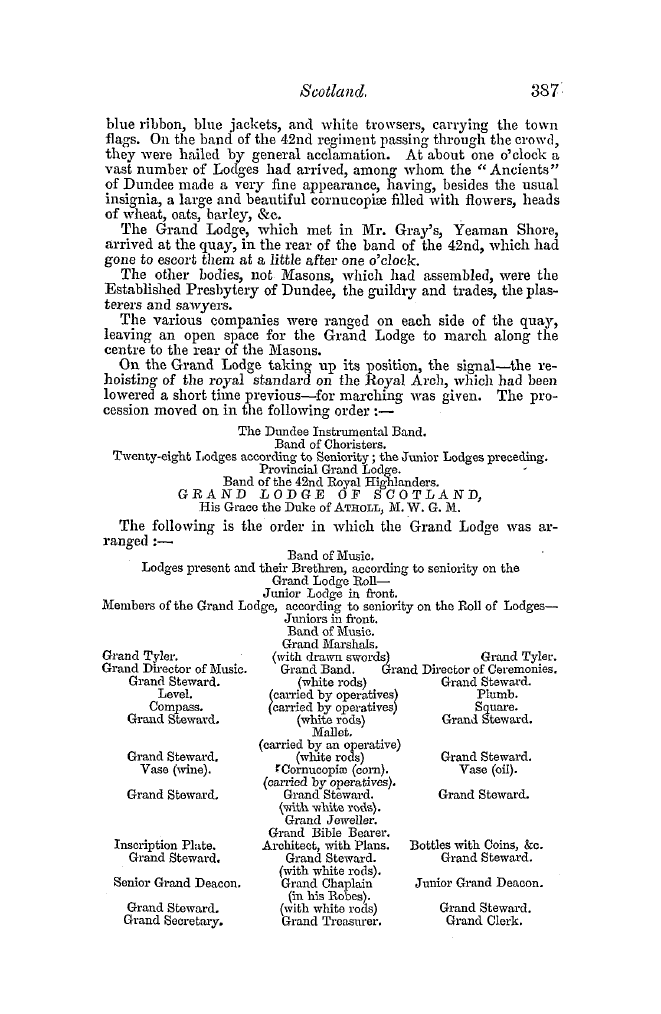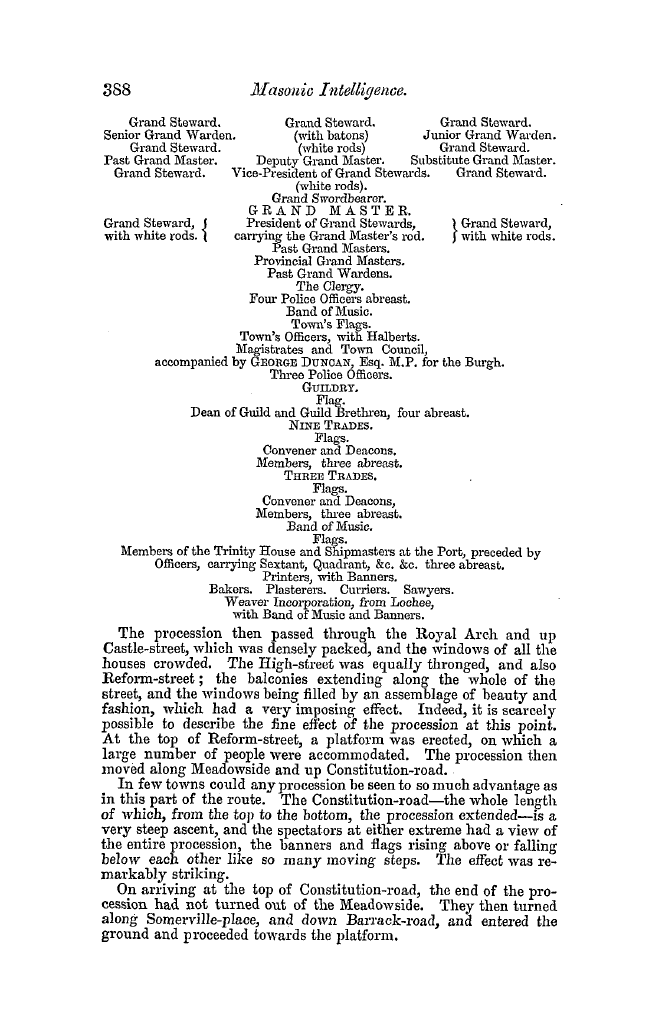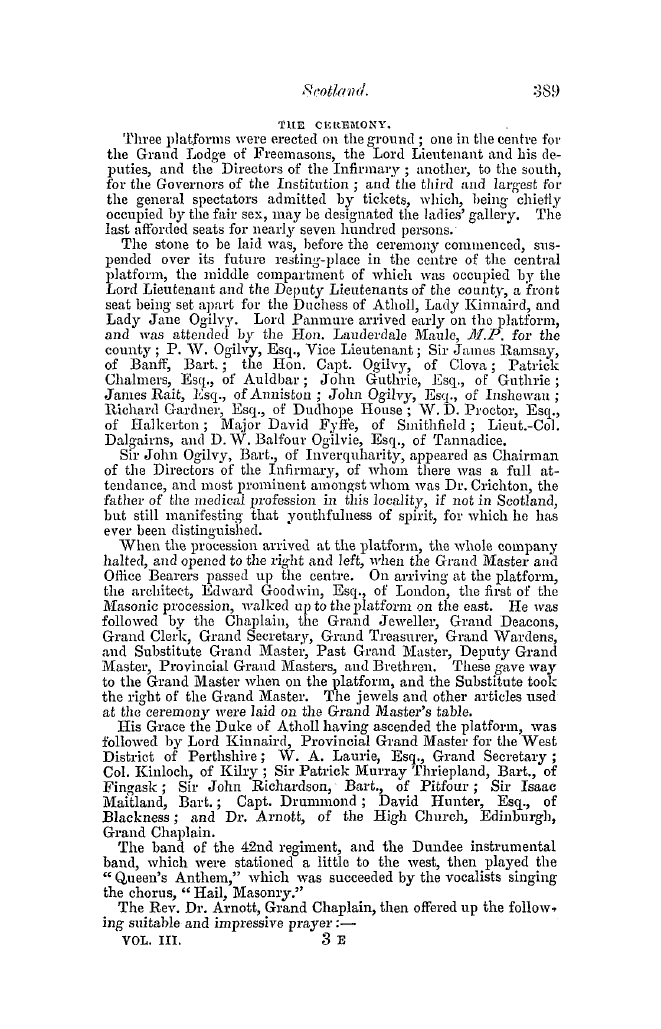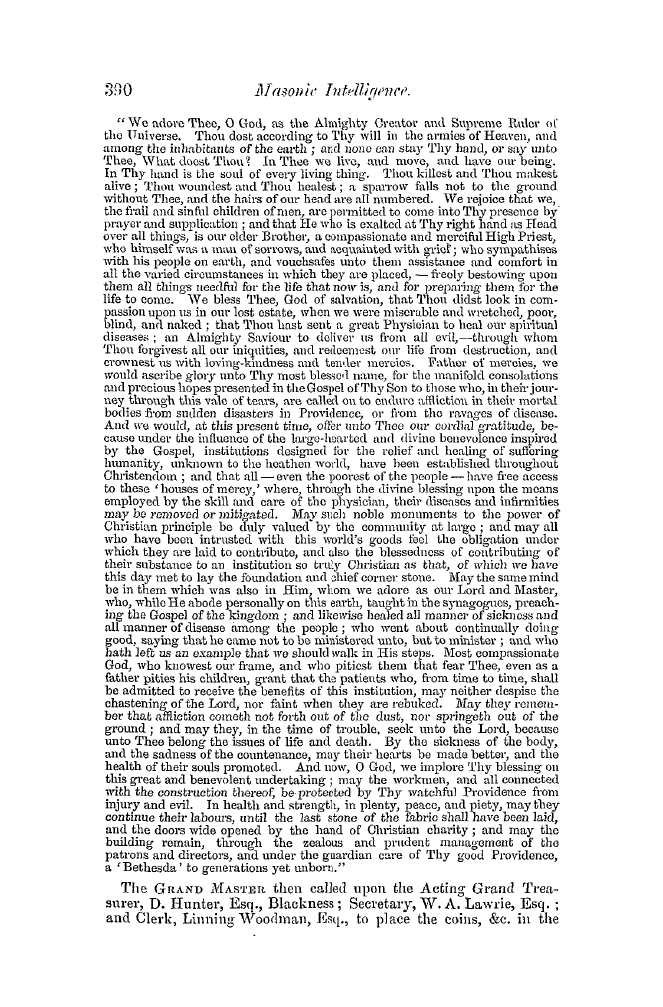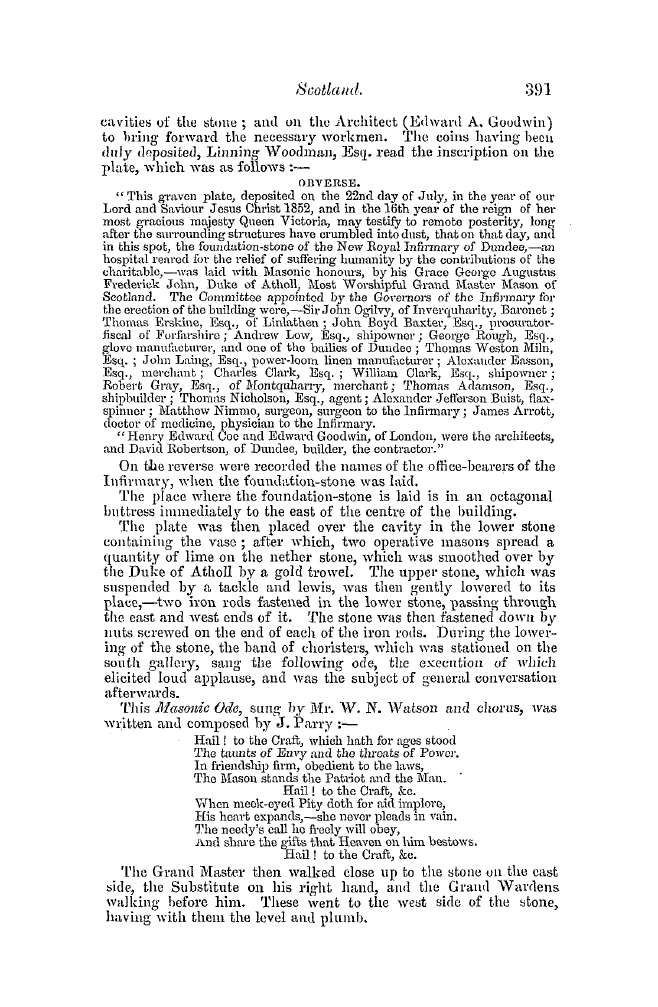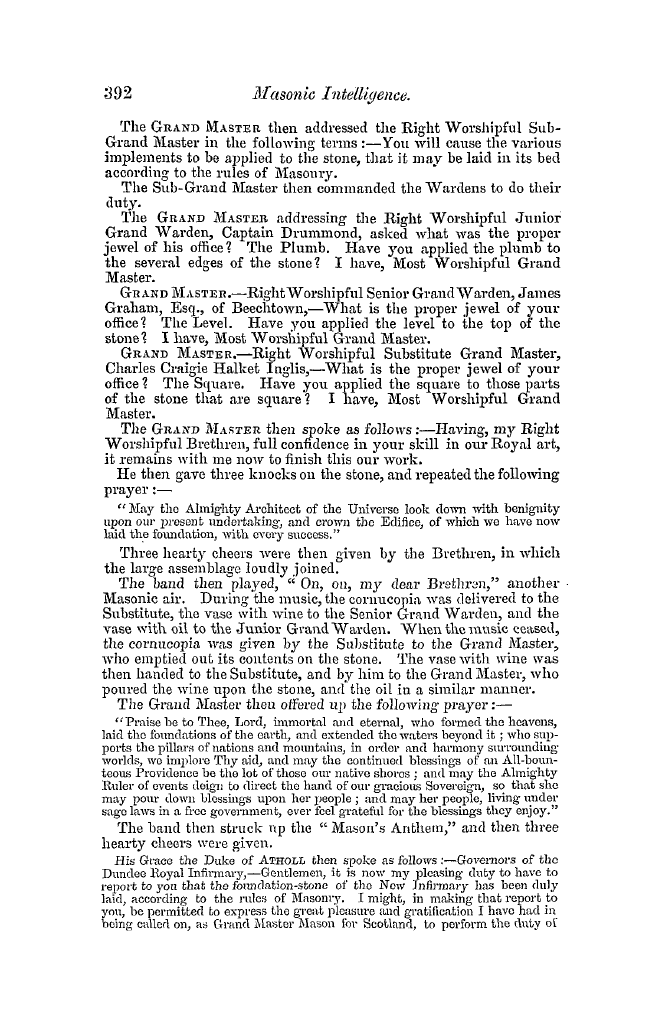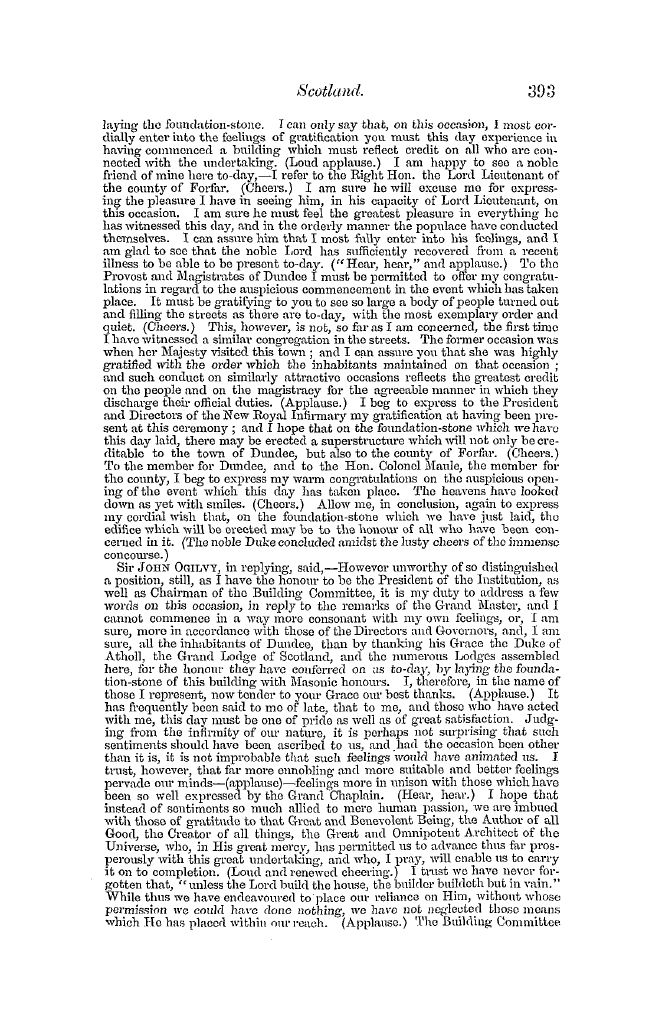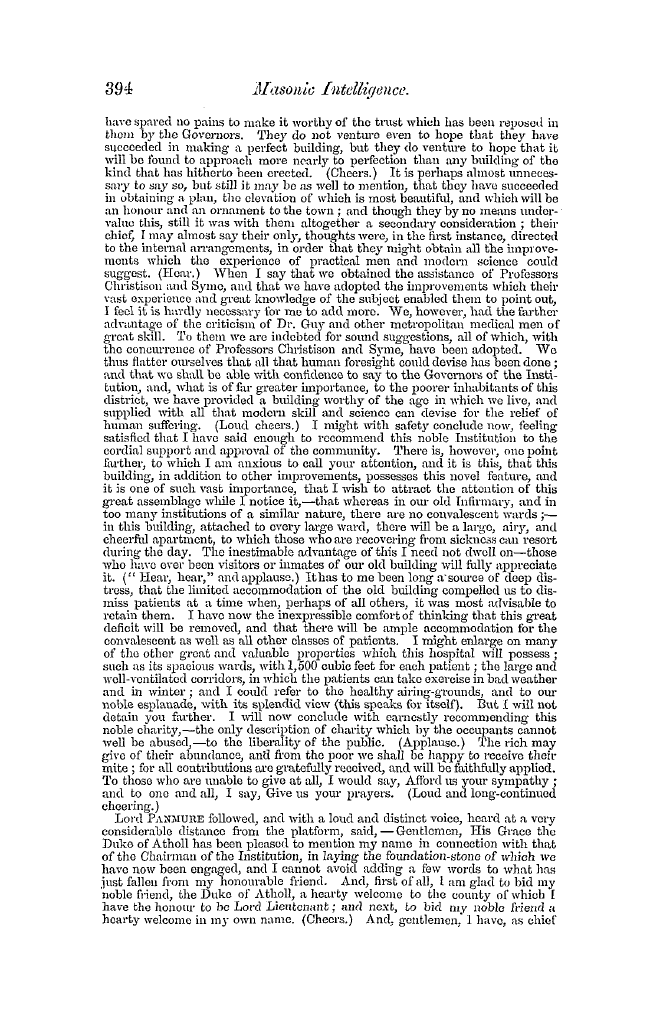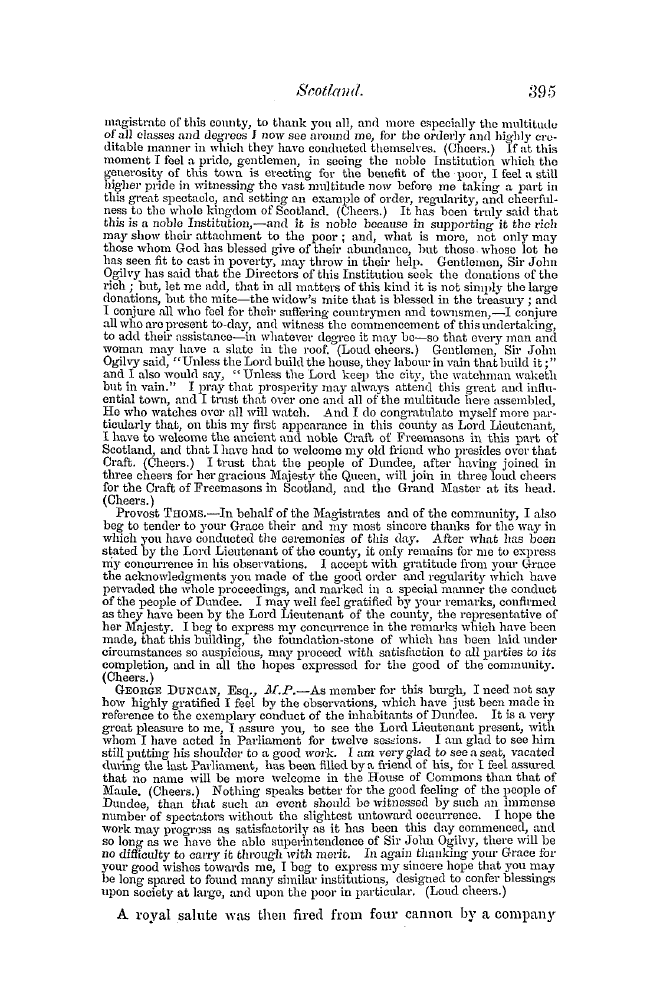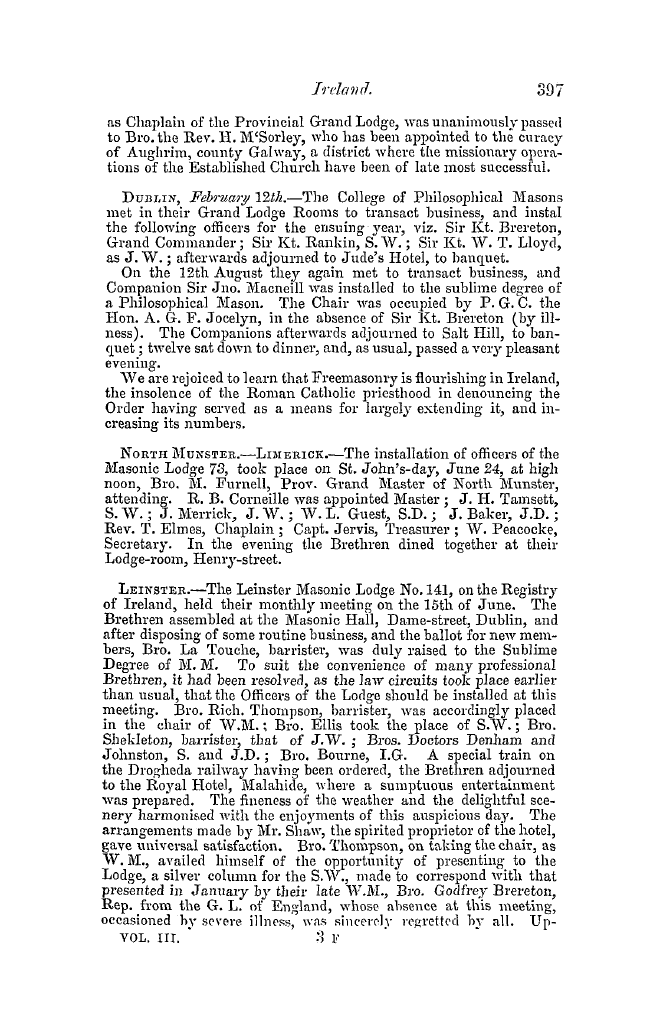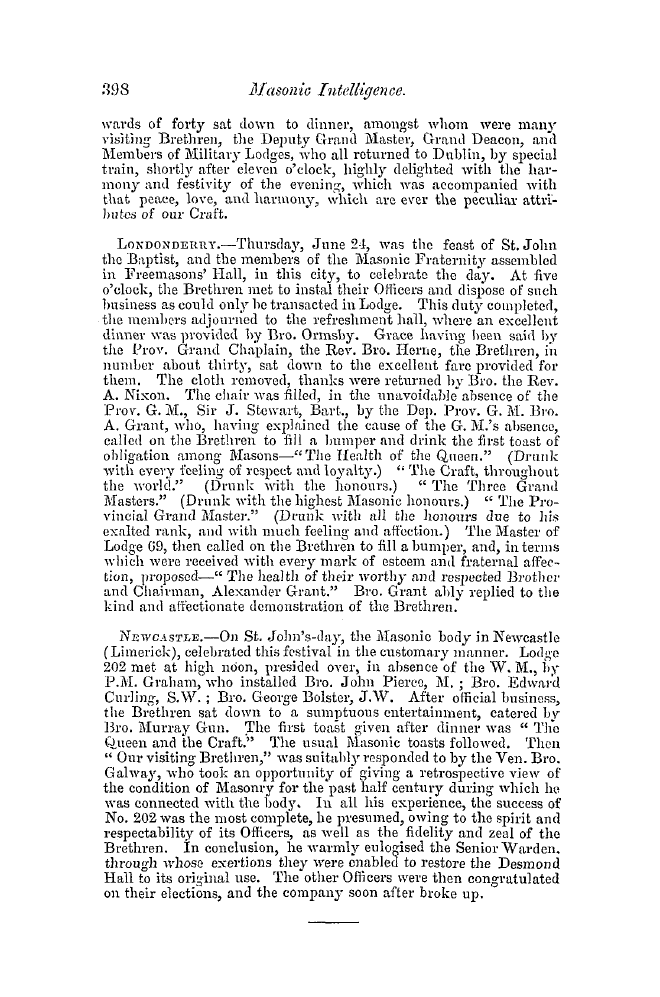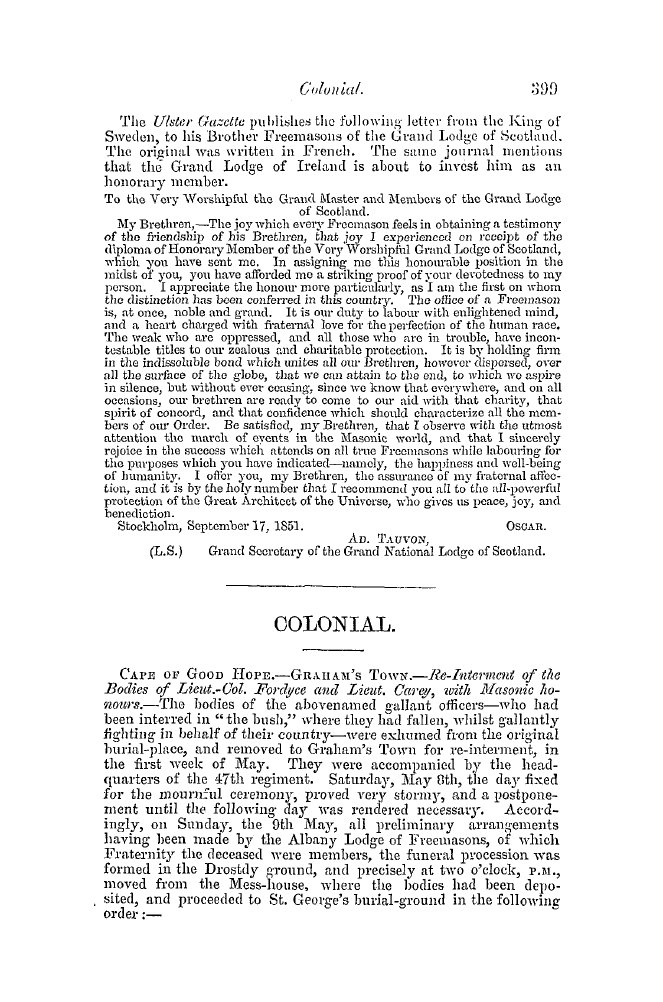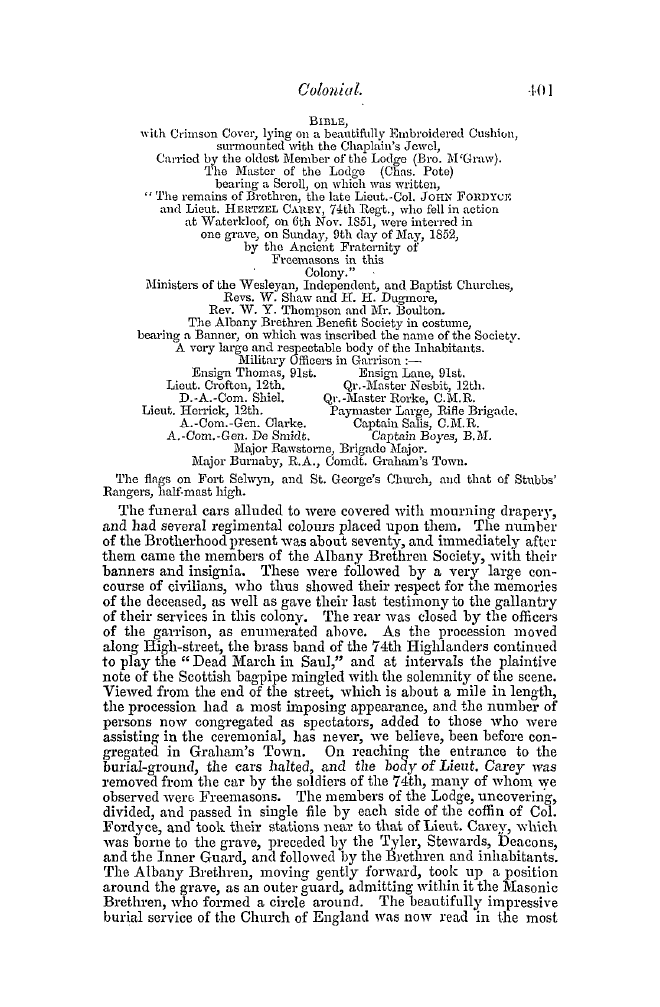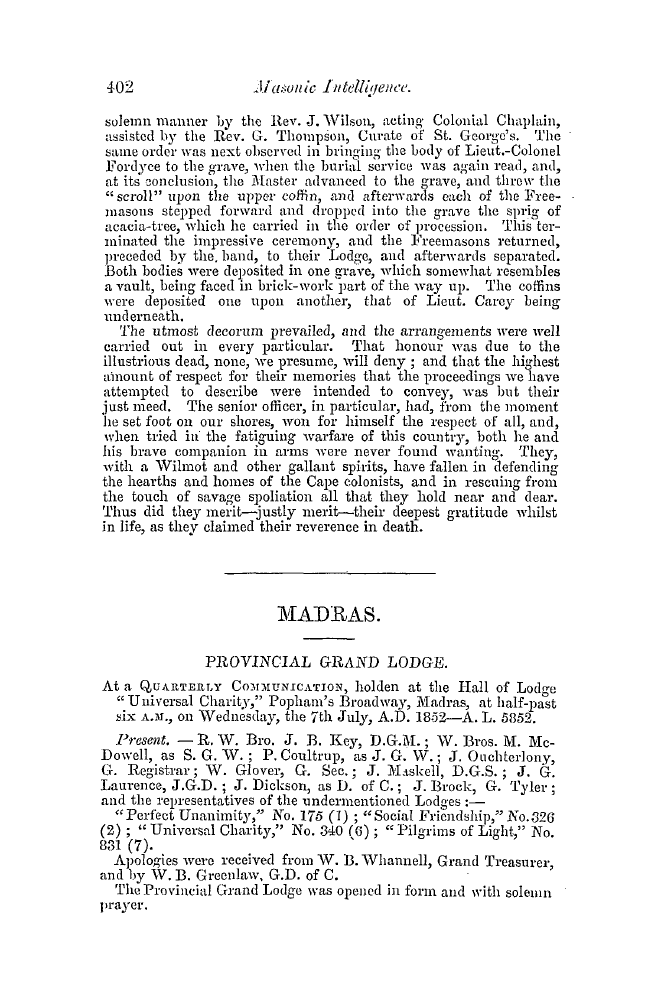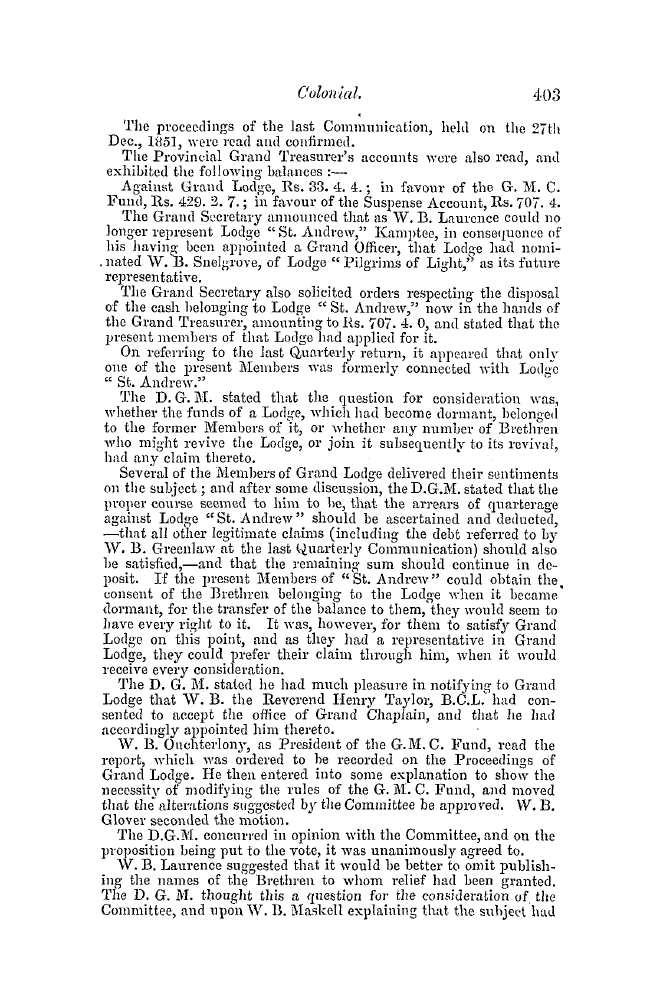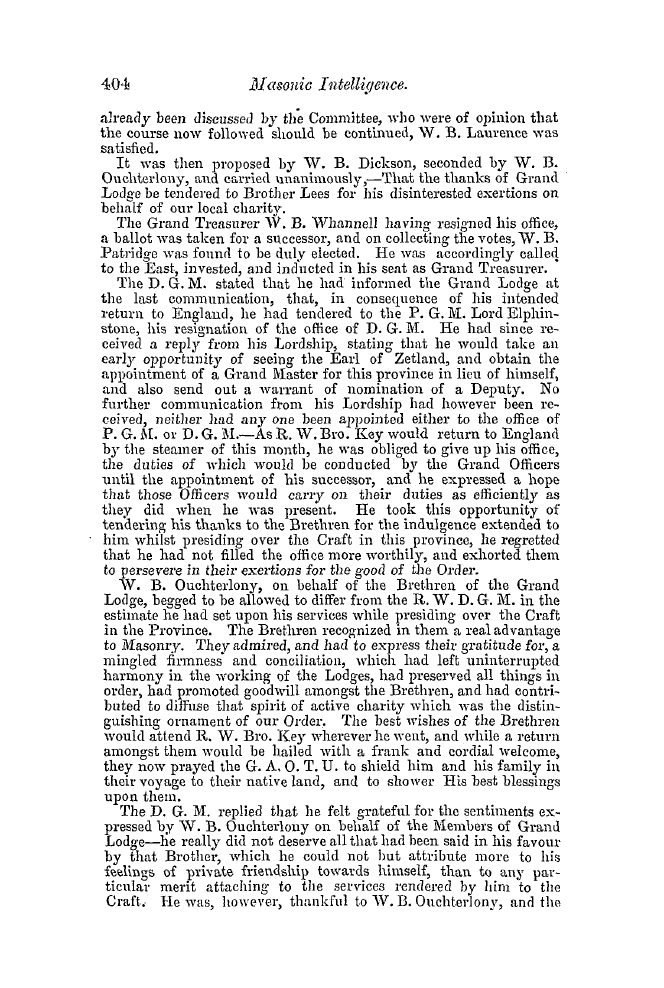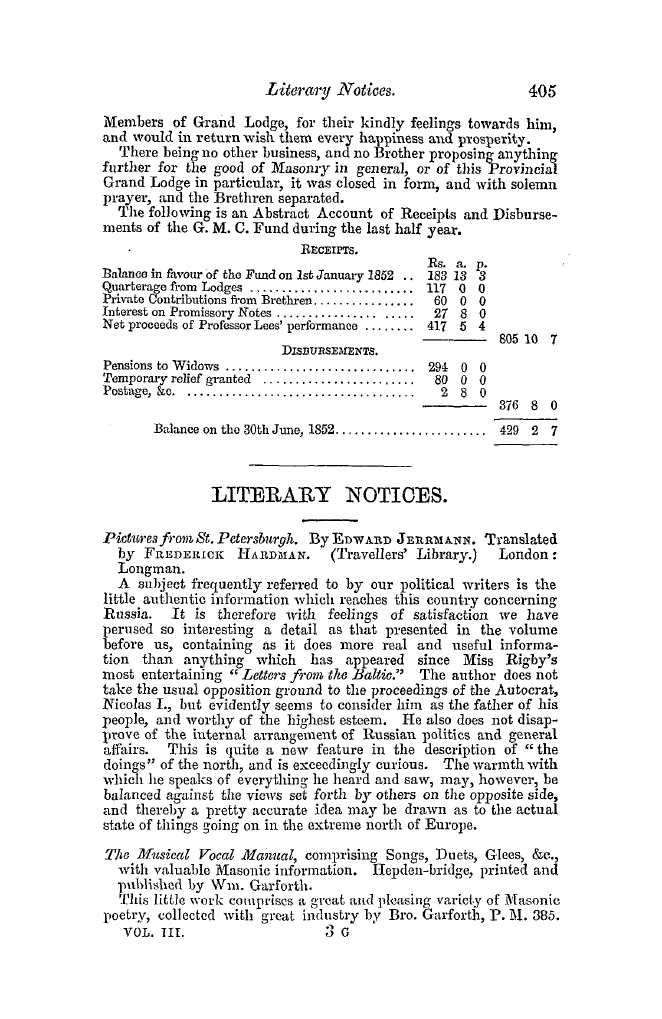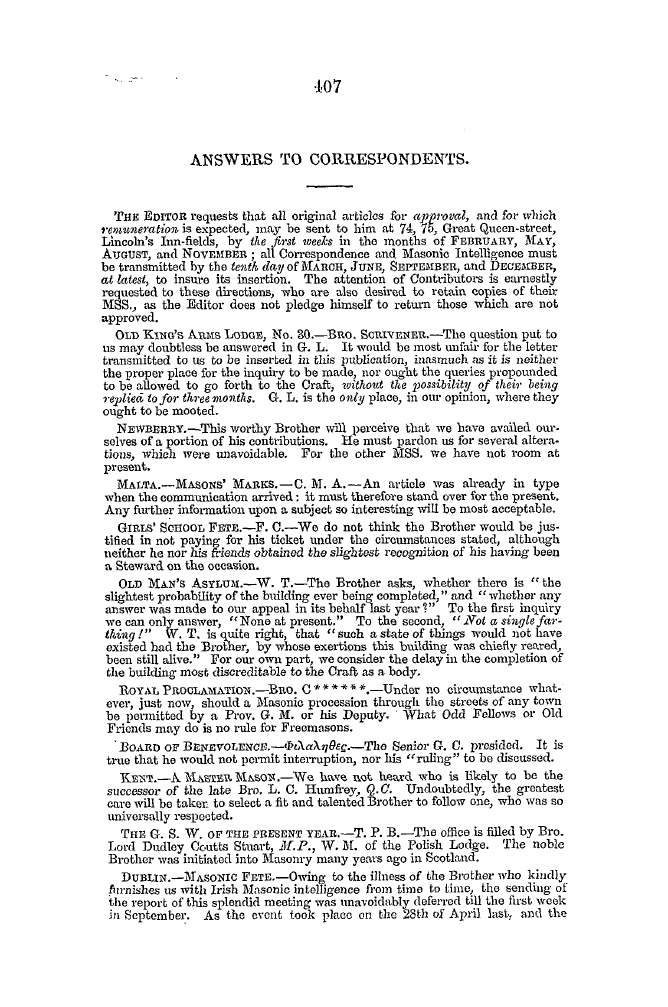-
Articles/Ads
Article ANCIENT MASONS' MARKS. ← Page 8 of 9 →
Note: This text has been automatically extracted via Optical Character Recognition (OCR) software.
Ancient Masons' Marks.
have been planted there , and taken kindly to its soil for some considerable time previously , as even in England , in our times , we would not expect to meet a large number of the Fraternity , where a few years before there were none , much less in Malta at the period of which we speak . Fifty years have passed awaythe century of princes is drawing to a
, close , and the sceptres of Frederick the Great and Maria Theresa are held by other hands ; dark and ominous is the thunder-cloud hovering over France and Europe , and within its bosom lies still concealed the lightning flash , —ere long destined to kindle the eloquence of one of Ireland ' s most gifted sons . Meanwhilehas Freemasonry prospered between
, 1736 and 1792 ? Short is the answer . It had again reached the East under the flag of England ; in America it had prospered , while it had been also established in Denmark , Sweden , and Prussia . What we are especially concerned with at this
minute is , —any evidence of Freemasonry in Malta in 1792 . That year witnessed the commencement of Fort Tigne , which Emanuel de Rohan ( of a French ducal house ) , Grand Master ofthe Order of St . John , having first prayed to Almighty God to prosper the undertaking , solemnly dedicated , and , as formerly mentioned , laid the foundation-stone . The walls of
this fort , only , smoothed near the joinings of the stones , have the remainder rough , with a face projecting some two or three inches , a kind of rude rustic work ; and not only the walls , but the paving-stones and the extensive mines which surround this fort , are covered with chiselled marks . The cross and circlethe circle alonethe pentalphasquaresoblong fi
, , , , gures , triangles of every shape , are among the most common . These marks are , like the work on which they are seen , rudely and strongly cut , so as to attract attention at some distance , while those we have spoken of formerly are not easily seen , except on careful and minute inspection . The following are from Fort Tigne : —
Many of these marks are from the mines , and were o-iyen
Note: This text has been automatically extracted via Optical Character Recognition (OCR) software.
Ancient Masons' Marks.
have been planted there , and taken kindly to its soil for some considerable time previously , as even in England , in our times , we would not expect to meet a large number of the Fraternity , where a few years before there were none , much less in Malta at the period of which we speak . Fifty years have passed awaythe century of princes is drawing to a
, close , and the sceptres of Frederick the Great and Maria Theresa are held by other hands ; dark and ominous is the thunder-cloud hovering over France and Europe , and within its bosom lies still concealed the lightning flash , —ere long destined to kindle the eloquence of one of Ireland ' s most gifted sons . Meanwhilehas Freemasonry prospered between
, 1736 and 1792 ? Short is the answer . It had again reached the East under the flag of England ; in America it had prospered , while it had been also established in Denmark , Sweden , and Prussia . What we are especially concerned with at this
minute is , —any evidence of Freemasonry in Malta in 1792 . That year witnessed the commencement of Fort Tigne , which Emanuel de Rohan ( of a French ducal house ) , Grand Master ofthe Order of St . John , having first prayed to Almighty God to prosper the undertaking , solemnly dedicated , and , as formerly mentioned , laid the foundation-stone . The walls of
this fort , only , smoothed near the joinings of the stones , have the remainder rough , with a face projecting some two or three inches , a kind of rude rustic work ; and not only the walls , but the paving-stones and the extensive mines which surround this fort , are covered with chiselled marks . The cross and circlethe circle alonethe pentalphasquaresoblong fi
, , , , gures , triangles of every shape , are among the most common . These marks are , like the work on which they are seen , rudely and strongly cut , so as to attract attention at some distance , while those we have spoken of formerly are not easily seen , except on careful and minute inspection . The following are from Fort Tigne : —
Many of these marks are from the mines , and were o-iyen


























































